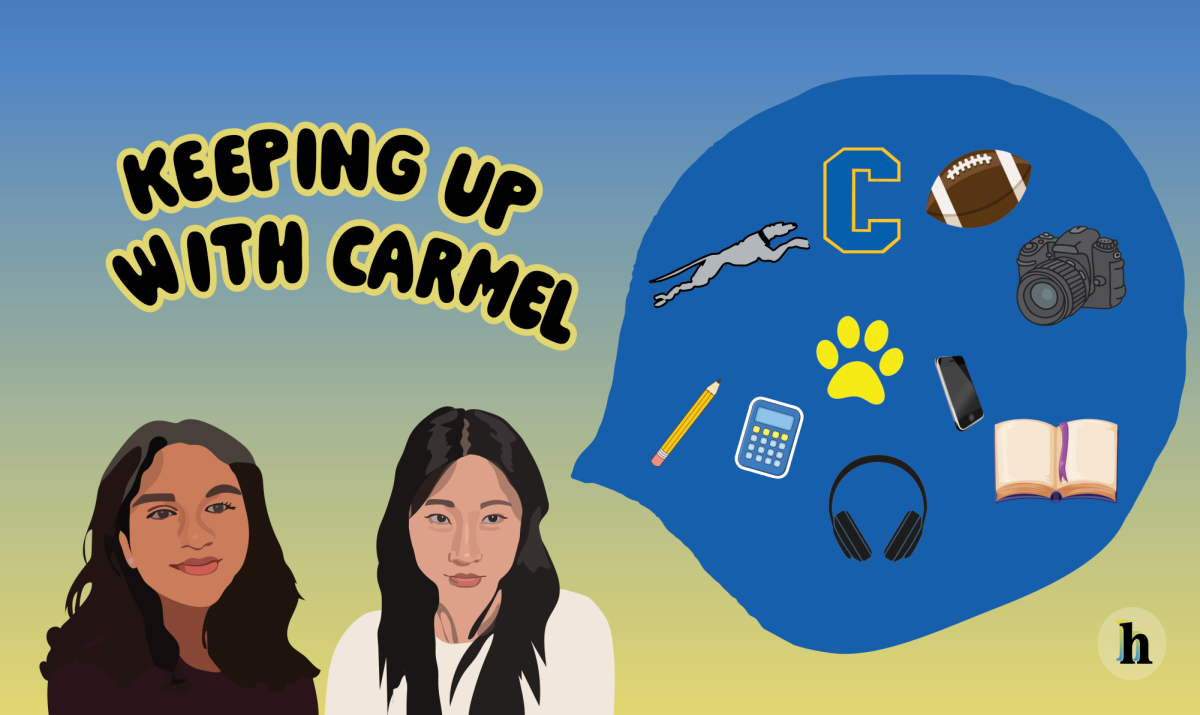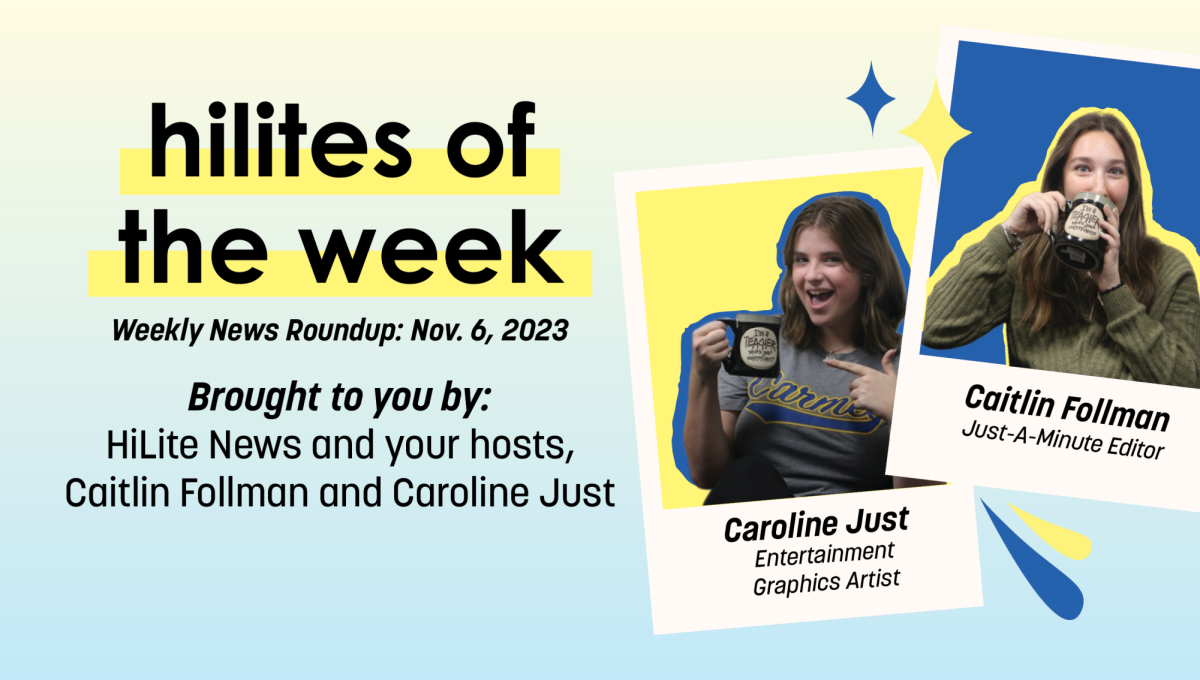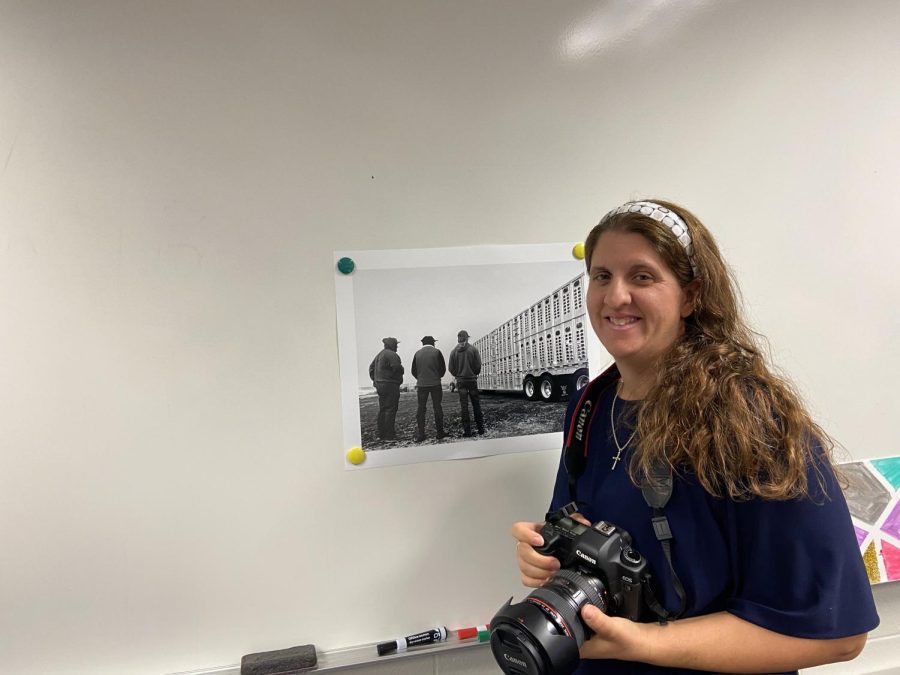How can you describe your work as a photographer?
I have two avenues of photography, I have a license in photography education, and I carry a dual license. So I can teach English, but I can also teach photography. In order to enhance my license as a photography teacher, I have returned to school at Purdue University for my masters of fine arts (MFA) and studio arts with a focus on black-and-white photography. This will allow me to be a better teacher on my particular license if that opportunity becomes available or this school has a need for that. The benefit of going back to graduate school in my current position as an English teacher is that now I am doing my own research that allows me to provide feedback to my students about the research process that I am going through on a collegiate level. There’s many facets to my return to the MFA program that disseminate the bound to my English classes as well as the potential classes that this school may or may not need in (the) future. The other avenue with my photography that I work (on) is that I am a professional photographer, and so since I was 16 years old I’ve had my own photography business and I’ve done wedding photography, senior pictures, photo stories. I’ve worked for multiple newspapers and magazines and publication companies as a private and commercial photographer.
How can you describe your business?
It’s called “Memories by Laura.” It’s kind of a kooky name, but that’s the business name that I’ve had since I was 16. If people need professional portraits, a lot of senior pictures, a lot of weddings, engagement sessions, things like that, and I use my photographic skills to offer them the images they want. I’ve had that business for almost 30 years. I do a little bit in the summer and on the weekends, but obviously my main focus is teaching.
How do you combine teaching and having a business?
Well, there’s a lot to manage, especially if you add the fact that I have five kids and I’m in school part-time. There’s many busy days, but (I’m) definitely bouncing back. A lot of my photography work takes place in the summer. I’m just trying to balance all those needs and take care of everything.
How did you start your business?
I was a yearbook photographer when I was 16 at my high school. There was a professional photographer that came in when I was a junior in high school and needed an assistant. I signed up for a job with her and worked with her for 18 months, kind of like an apprenticeship, and after that I launched my own business officially after my time with her ended…It’s a lot of fun, I enjoy it, which is why I carry a dual license, because I really enjoy (teaching) English, (and) I really enjoy photography. (In) the first stage of my career, I was a yearbook and a newspaper teacher which combined both of those licenses very effectively.
Are there any similarities between photography and English?
Yeah, absolutely, so much we add the commentary on humanity that the author is writing. Why is this piece of literature written that the exact same question is asked of images, of the creative pictures that are taken and sculptures that are made, why is this piece of work created? It has to have a commentary on humanity. It has to bring something to the viewer. In the same way that literature does that in words, photography does that in images, so it has the exact same purpose, just a different medium. I see a great deal of overlap between the lessons that I am able to offer to my English students because of (that) depth of understanding (since) I’m engaging in photography and the MFA program. And the depth of understanding of the existence and relevance of humanity. I am able to bring that depth back into the classroom in ways I could never do before. In just a short time being part of the program I can see [that] my literary analysis [is] much deeper, so it’s definitely benefiting me holistically as a teacher.
Can you make a living doing photography?
(It’s) very hard to make a living as an artist, and that’s one of the reasons why I am an English teacher; I work as an artist additionally to that. In gallery exhibits when my work is on display, it’s also for sale, and I have sold a few pieces at this point, obviously not enough to sustain me, but as you grow as an artist you’ll find supporters of your field of expertise and you’ll grow from there. I am very new to that process, but that isn’t my ultimate goal for photography. I use photography as the fuel to help me be a better English teacher, which can seem disconnected, but my heart is in the high school classroom and teaching within that environment. I know that for sure; I’ve left for a few years and worked as a speaker when I wrote a book 10 years ago. I traveled for four years as a public speaker and spoke about the book that I wrote. Being out of the classroom for four years helped me realize how much I love being in the classroom. Photography really helps me be a better classroom teacher.
How do you come to the idea of making a picture?
It might sound silly, but I’ve spent a long time (30 years) developing what’s called a photographic eye. So when I walk into a situation, I see a lot of opportunities, I can find different angles; I can visualize what something will look like. When I take a picture, usually I know how it will turn out before I take the picture. That’s why I really like the documentary approach, because then I go into a situation and observe it. A couple of weekends ago I went to a feedmill, and I went in, I spent time there, I talked to the people, I saw what happened, and then I looked at the light, I looked at different angles, and then I yielded the images, and then I start pursuing images that I am after. There’s a concept within art theory called “space and place.” Space is the existence, where something resides, but place is the contribution that it makes to the environment. I like to help people to understand the place.
Do you find any inspiration in the media?
I would say more so in the last two years as I transitioned into being an artist, instead of just a photographer. Right now I am reading a book on Nevelson, and looking into her work and what she has done. I have several (artists) that I follow, and I’m learning (from) them. Every time I go to class, I’m learning (from) them, because I think if you want to grow as an artist, you need to (have the perspective of) an artist. If you want to be a great writer, then you need to be a great reader. I keep a list on my phone, it’s called “artists to watch,” so that I can dig into what they’re doing. I really like the work of Sally Mann, I really like the work of Dorothy Boehm and I like the work of Laurie Blakeslee. She’s fairly new but does documentary photography.


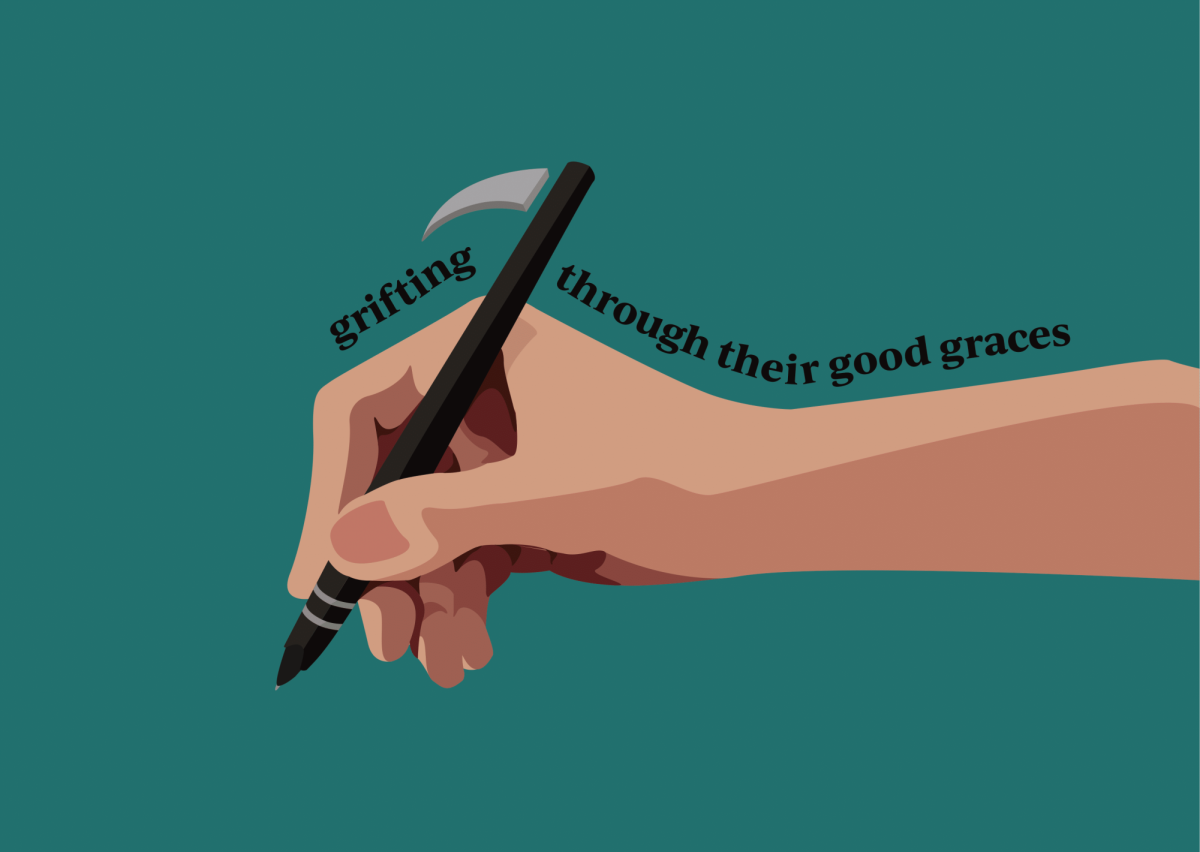

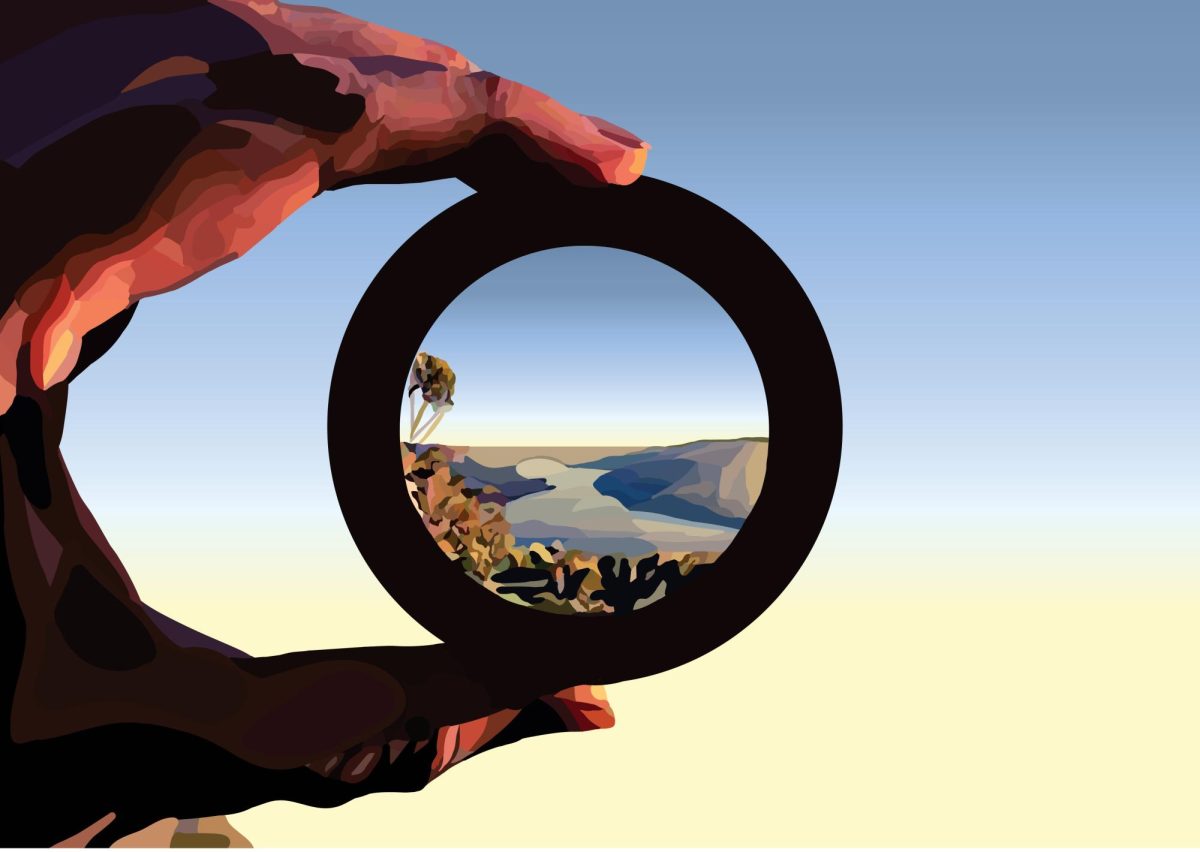

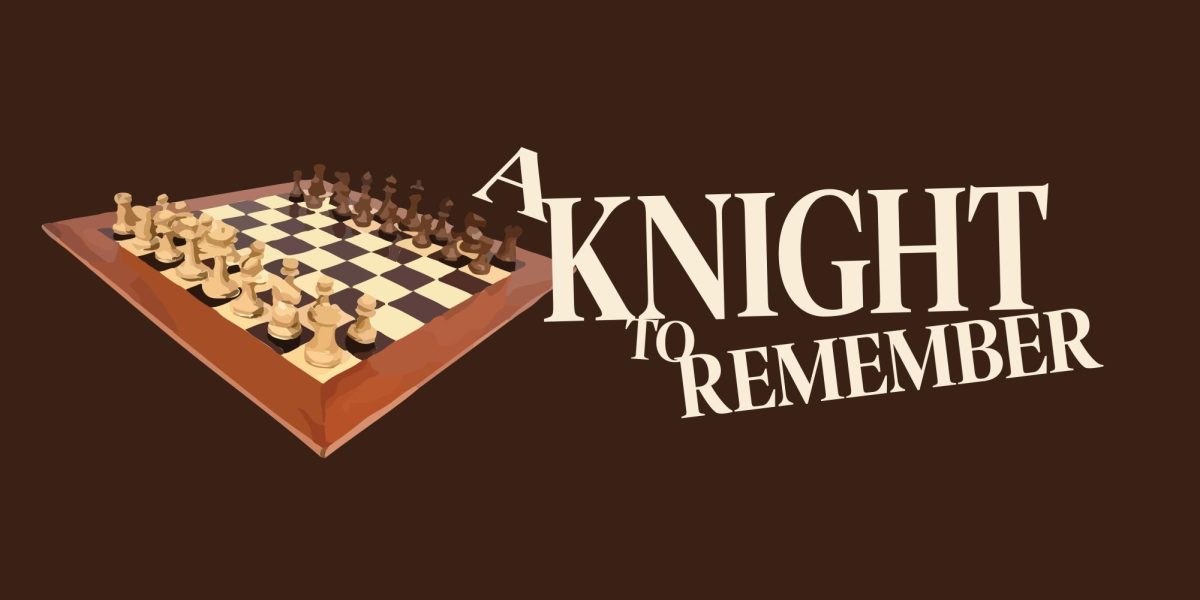
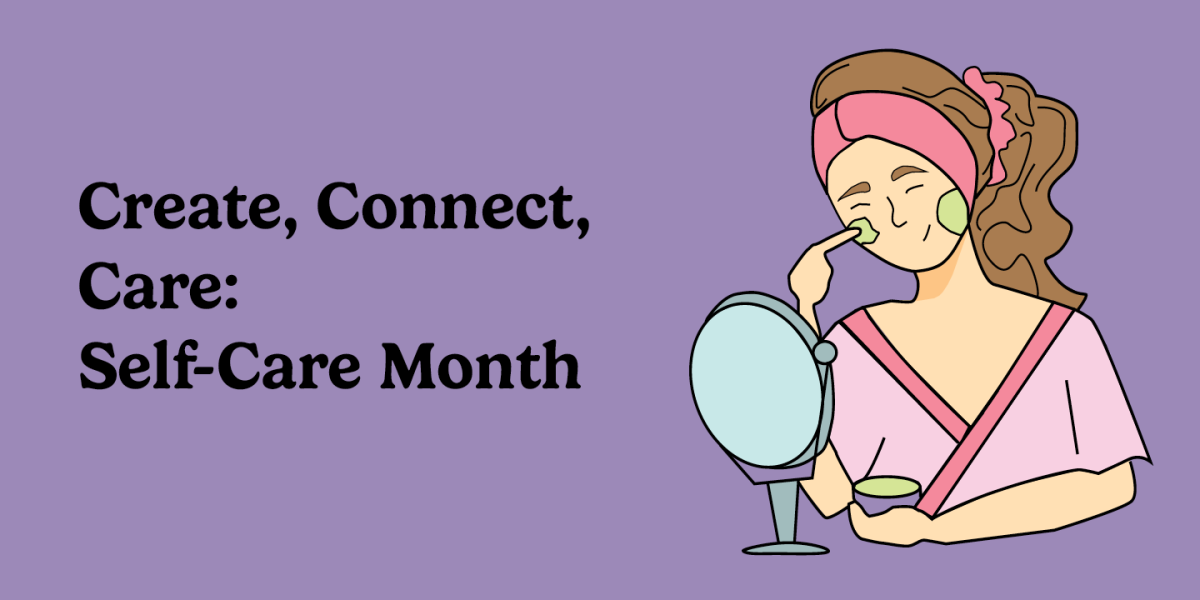
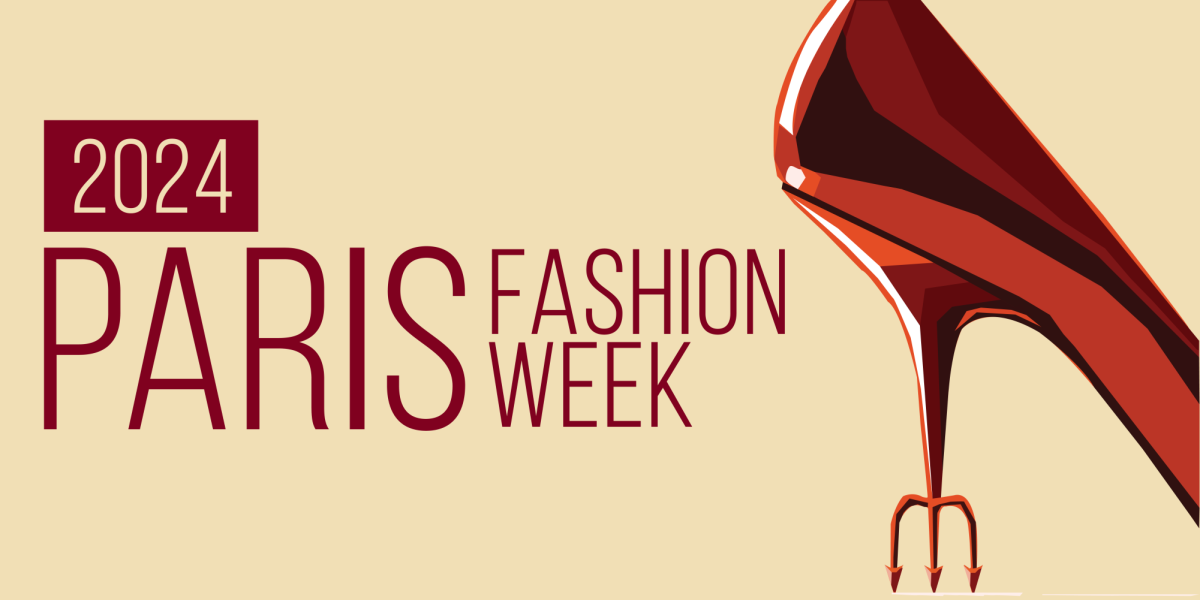
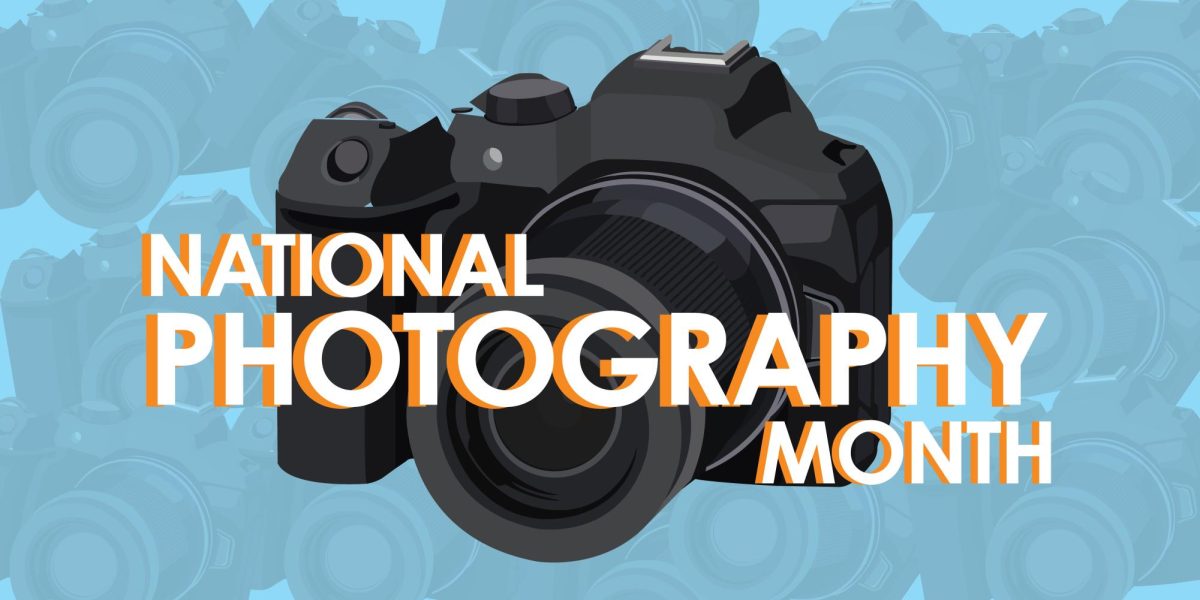
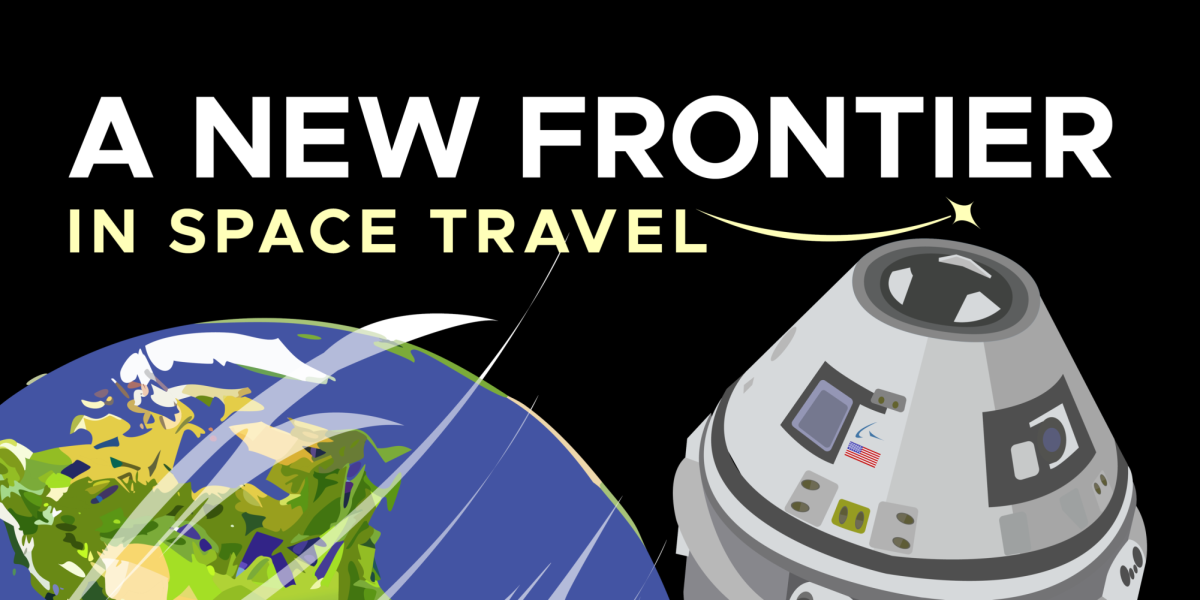





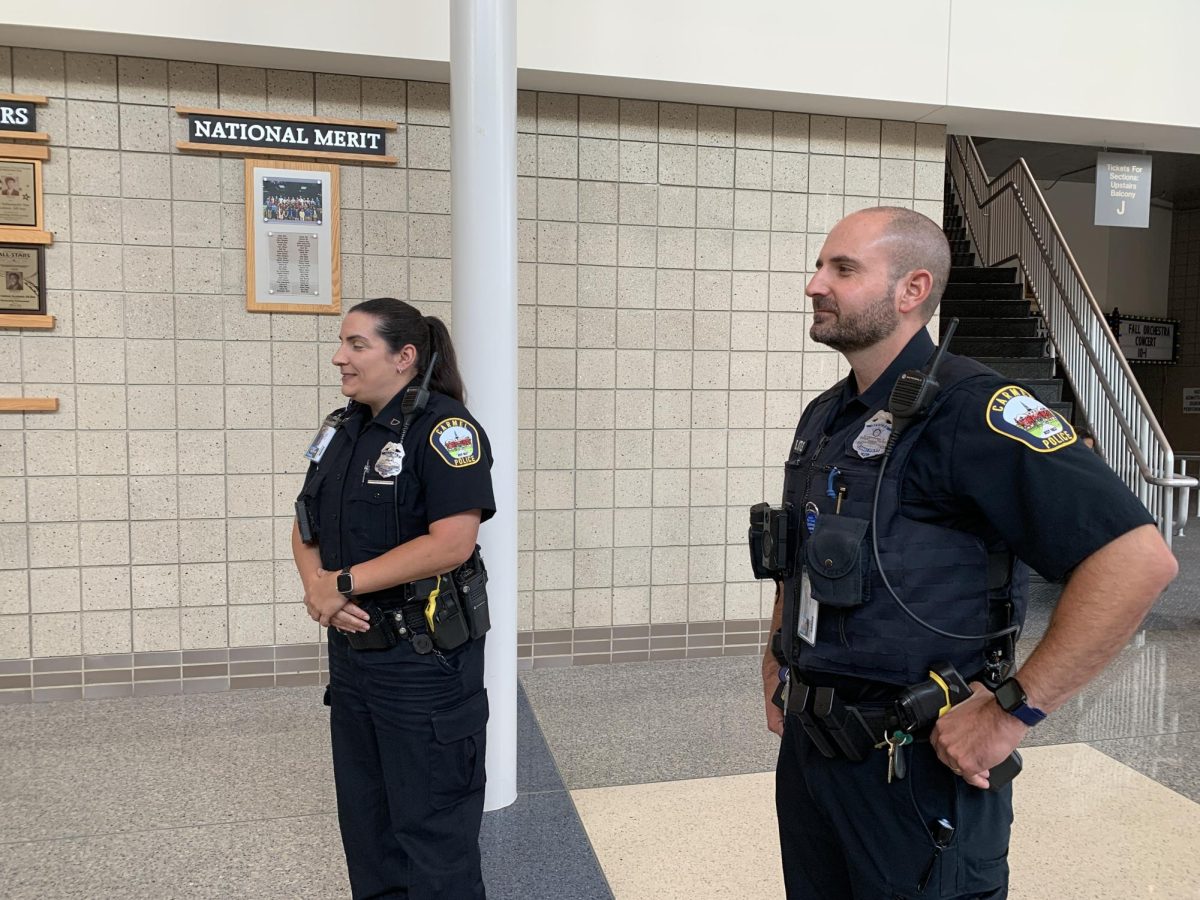
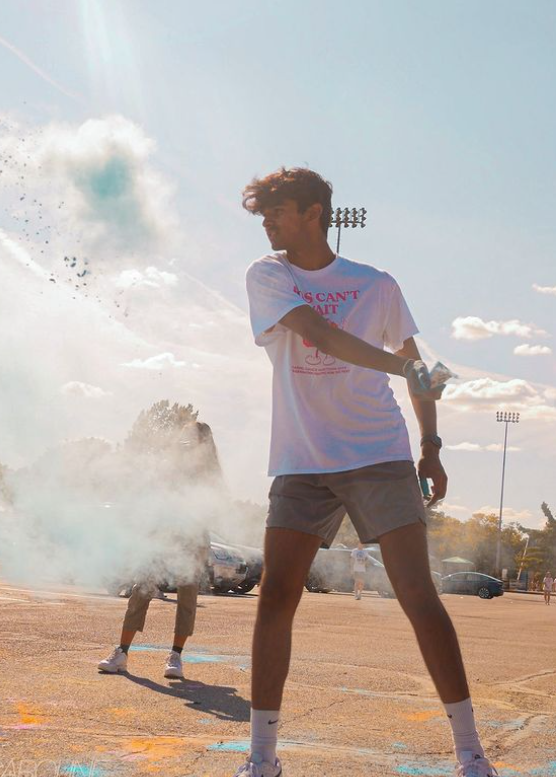

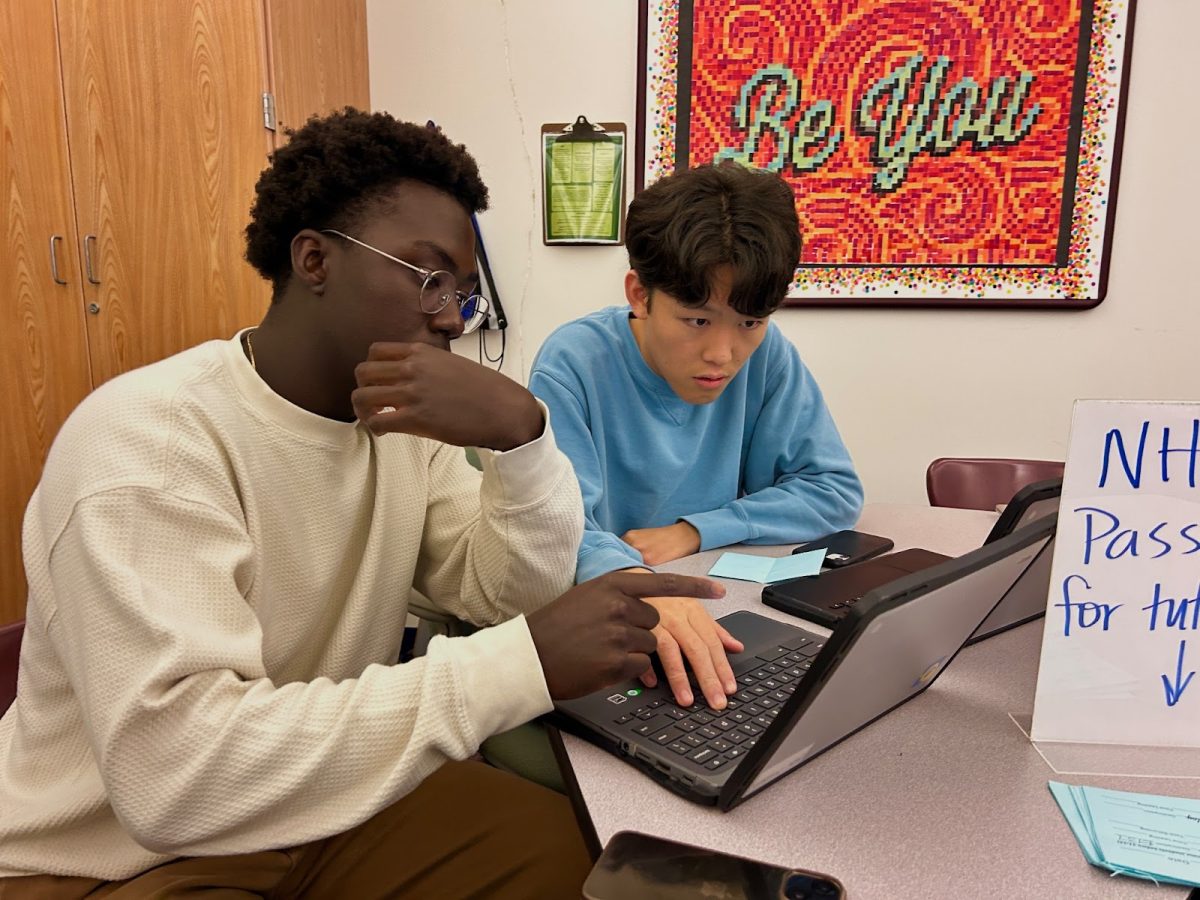
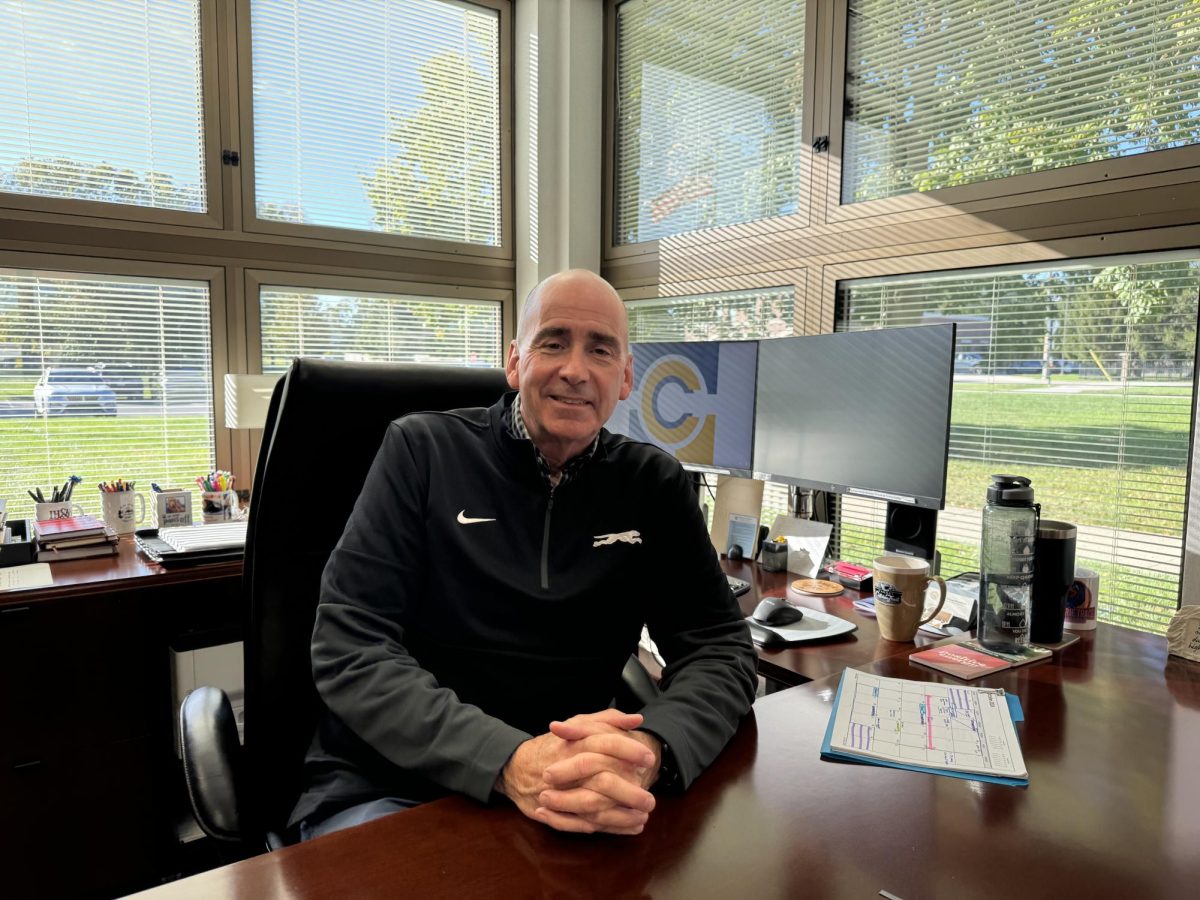
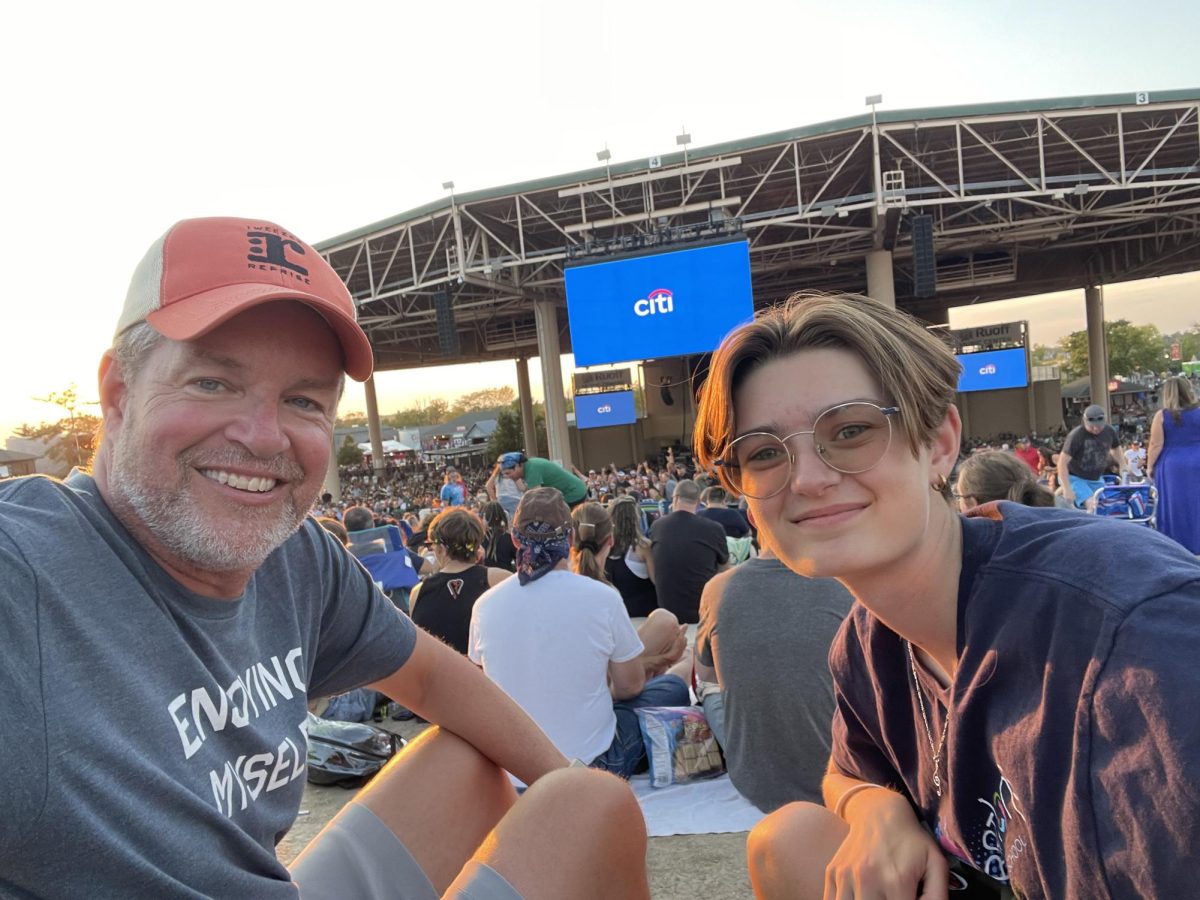
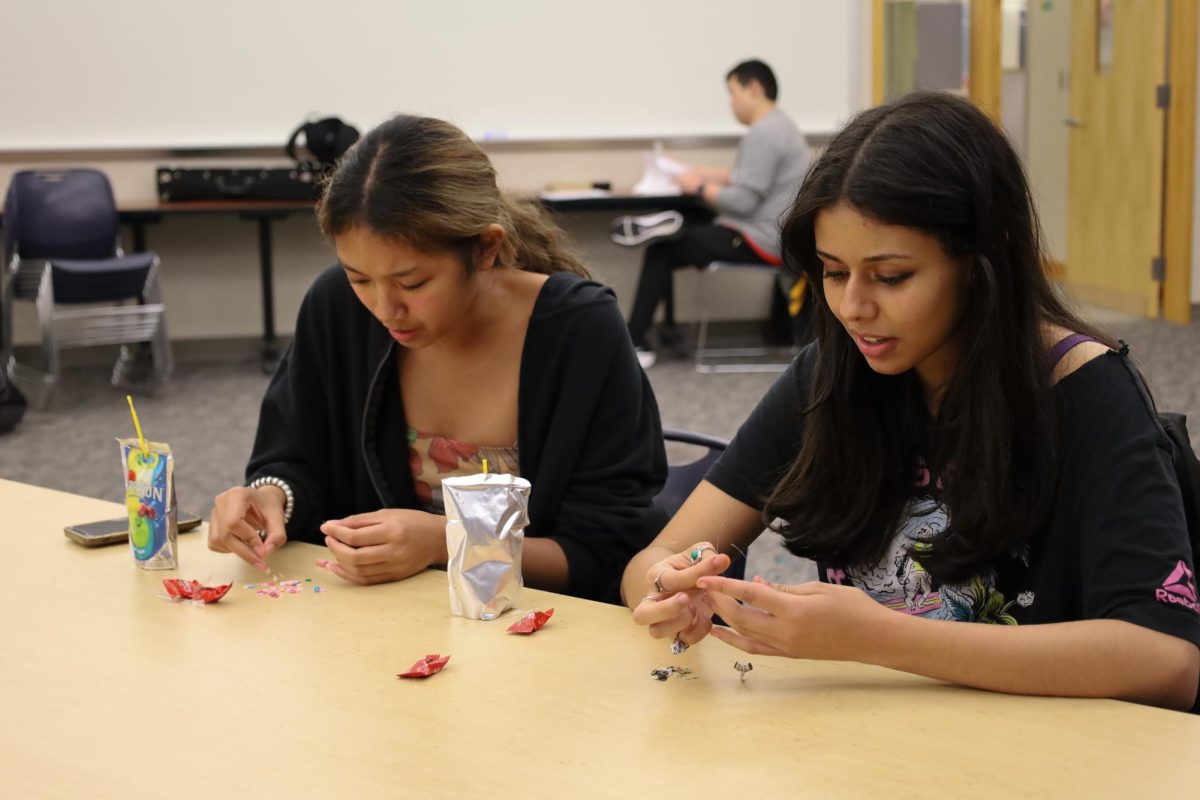




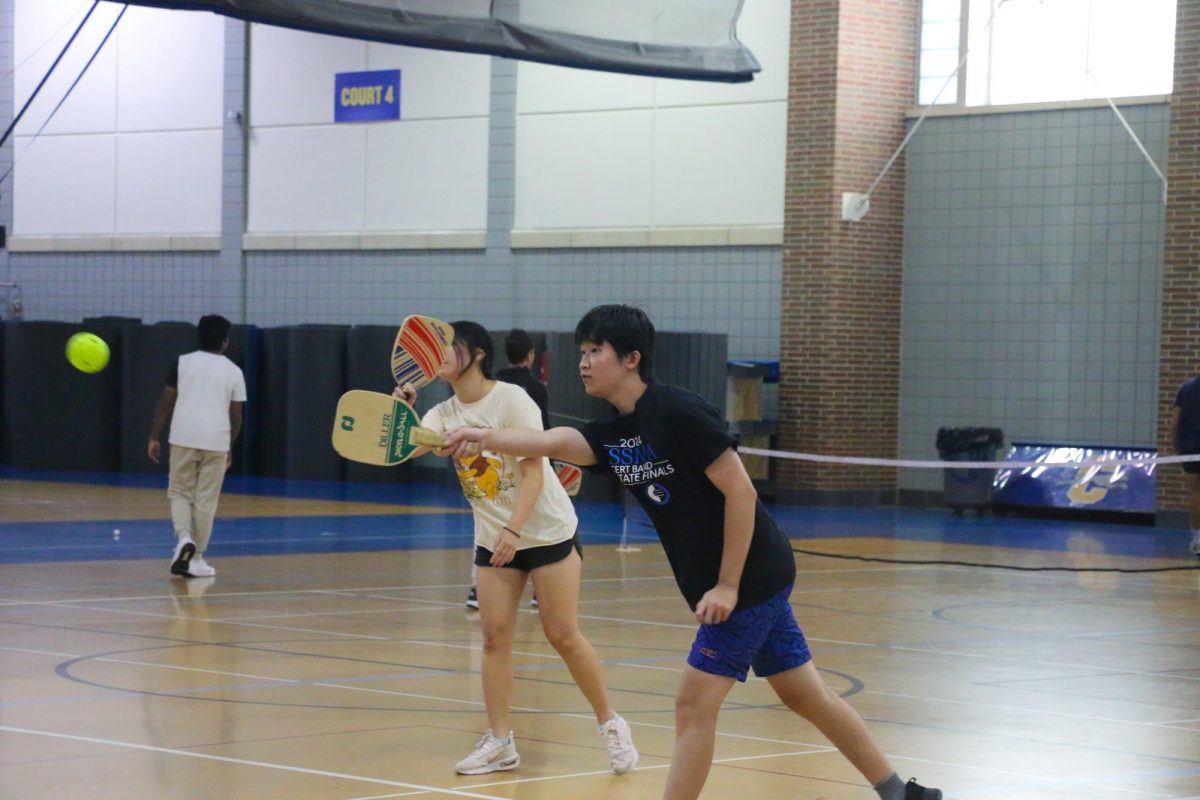
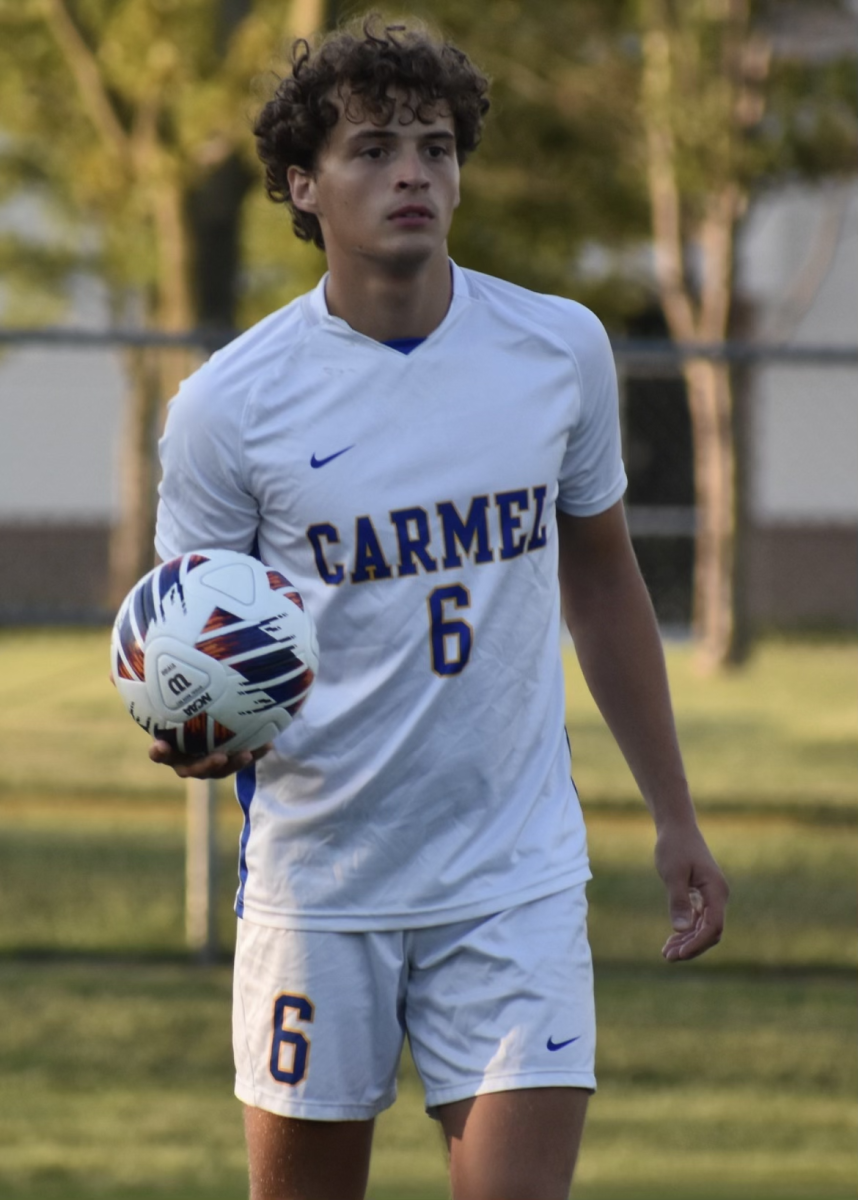
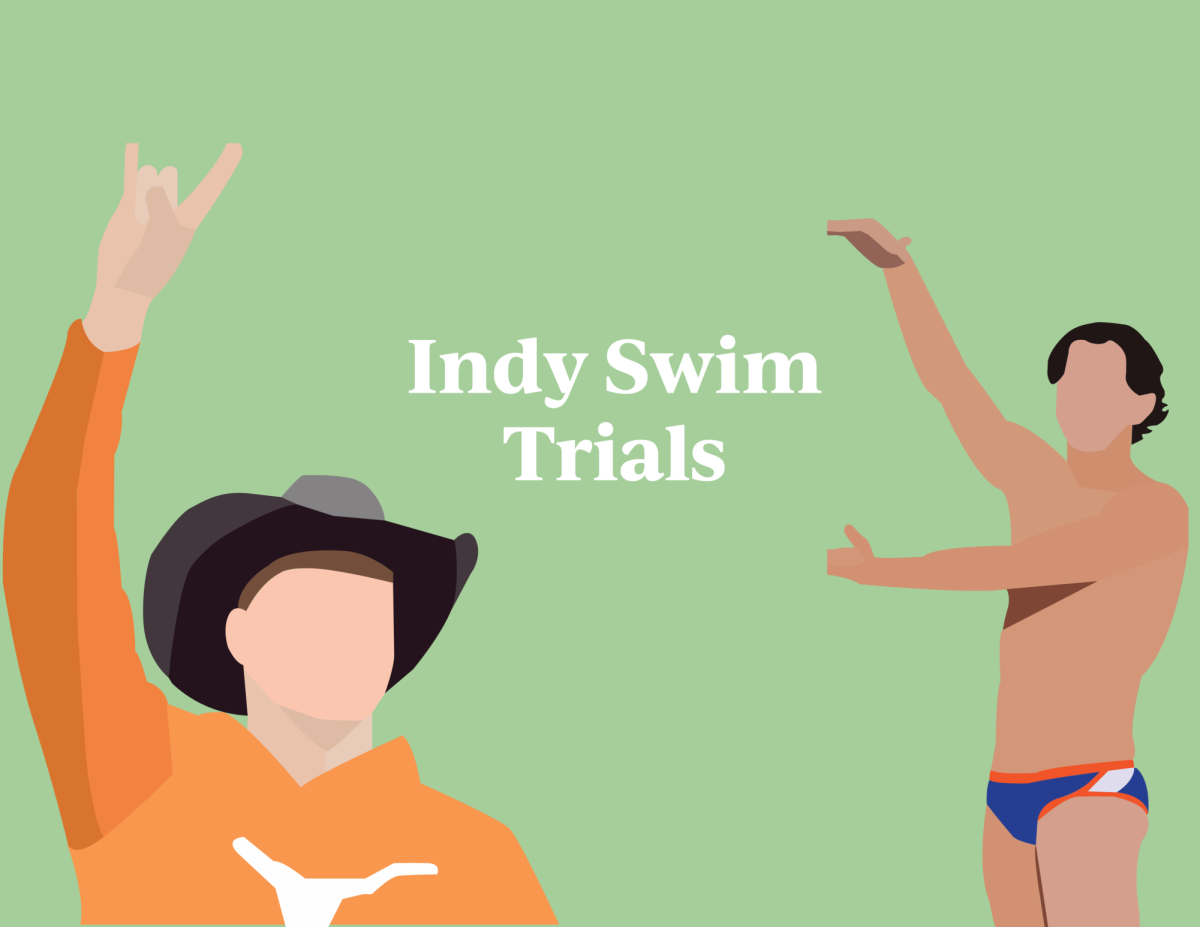
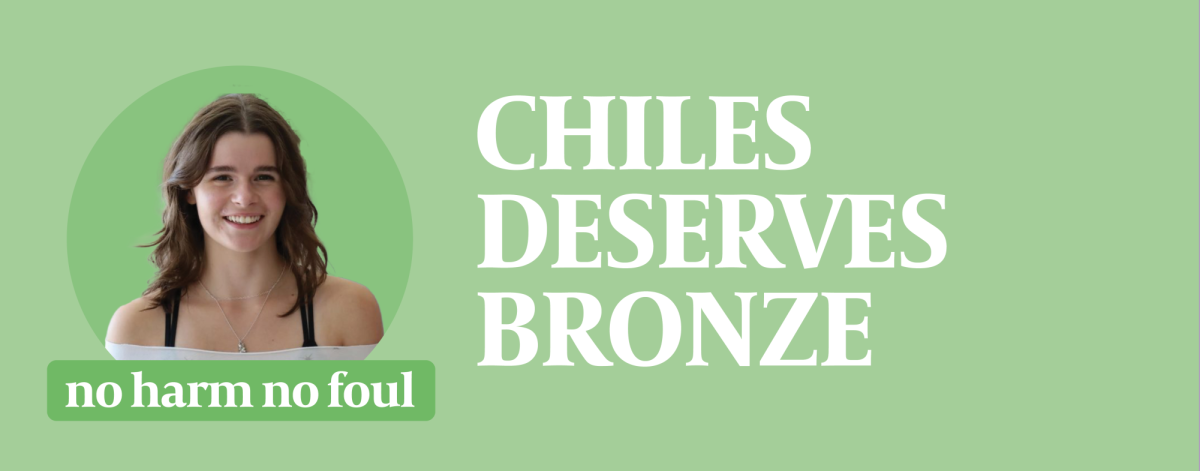
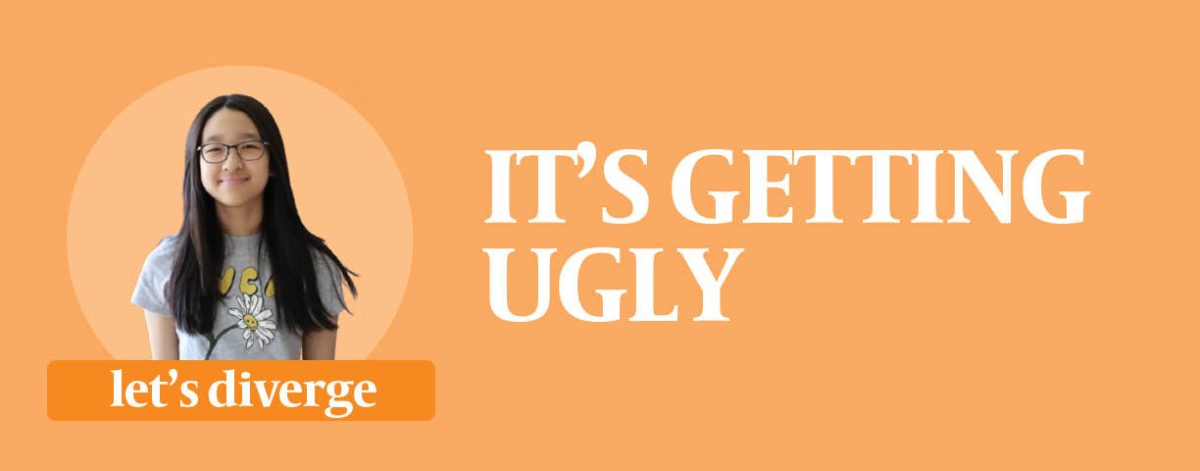

![Streaming services are pioneering the future of television [opinion]](https://hilite.org/wp-content/uploads/2024/09/CAtherine-streaming-1200x471.jpg)
![Parasocial relationships unnecessary, intrude on celebrities’ lives [opinion]](https://hilite.org/wp-content/uploads/2024/09/4-Mady-Kiser-Cover-1200x471.jpg)
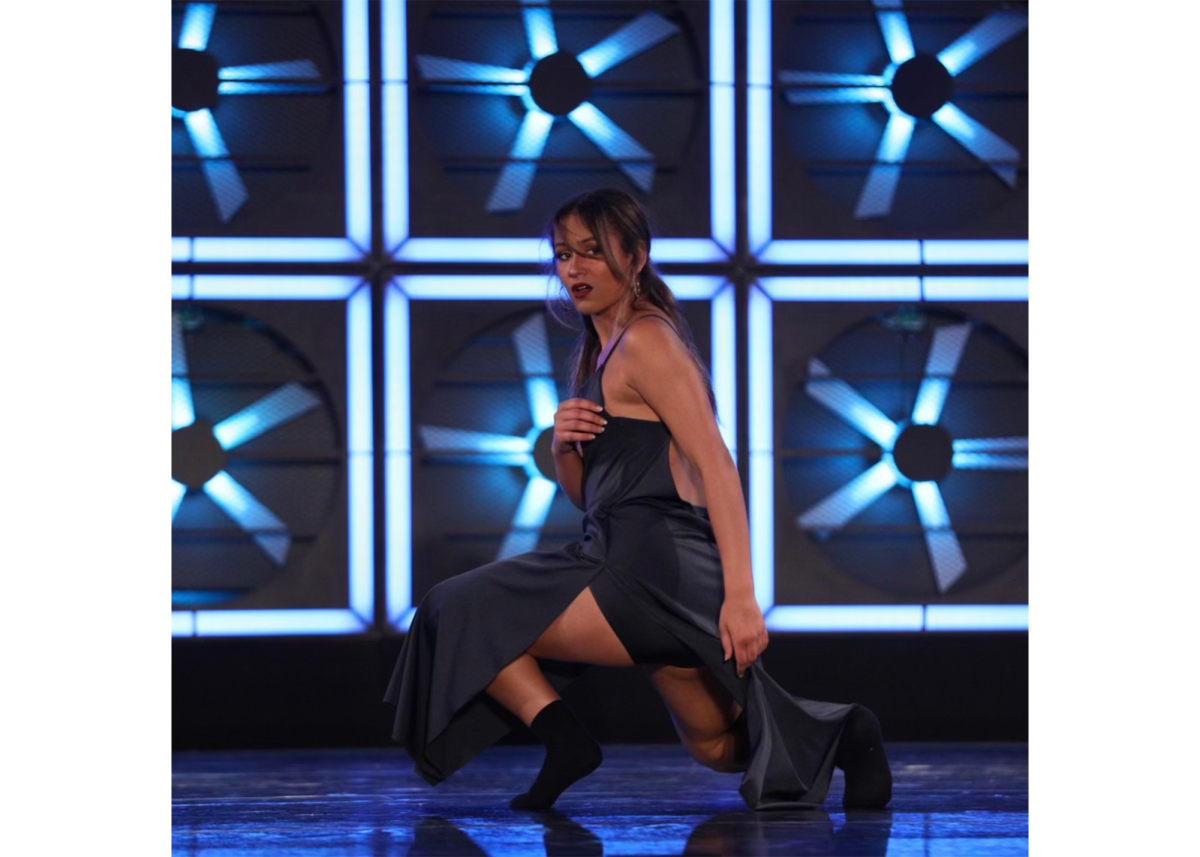
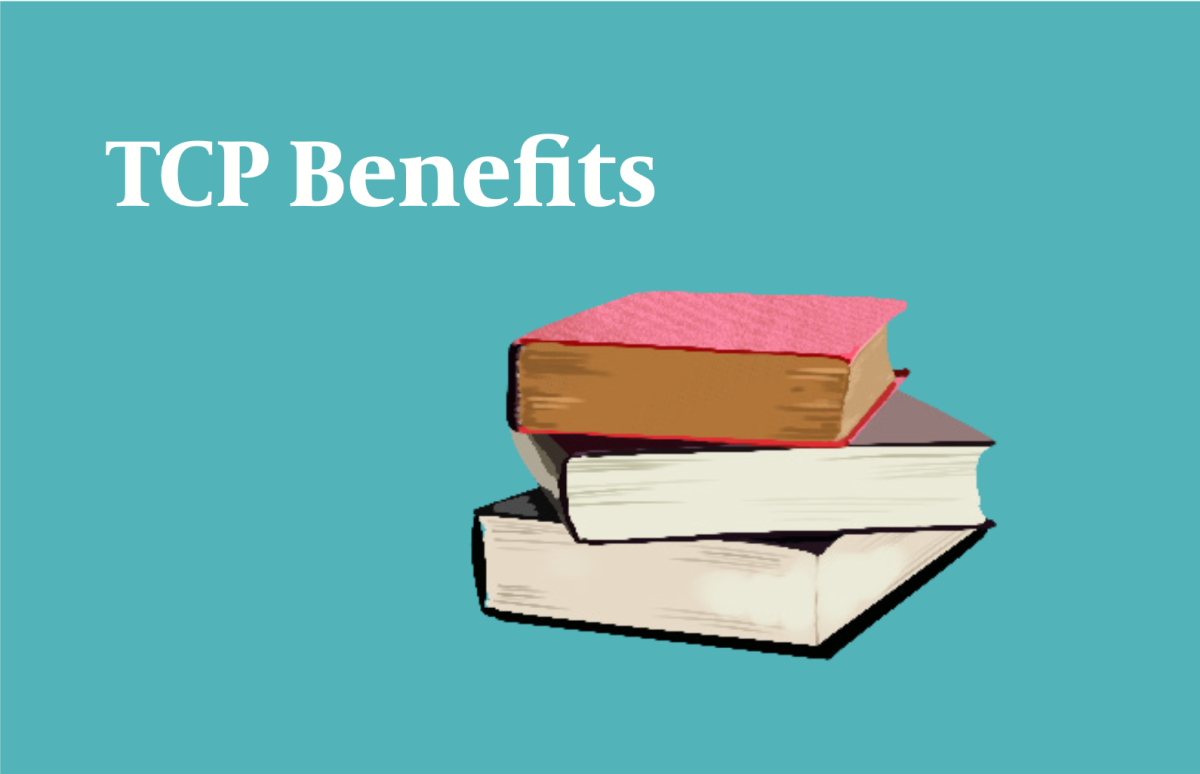
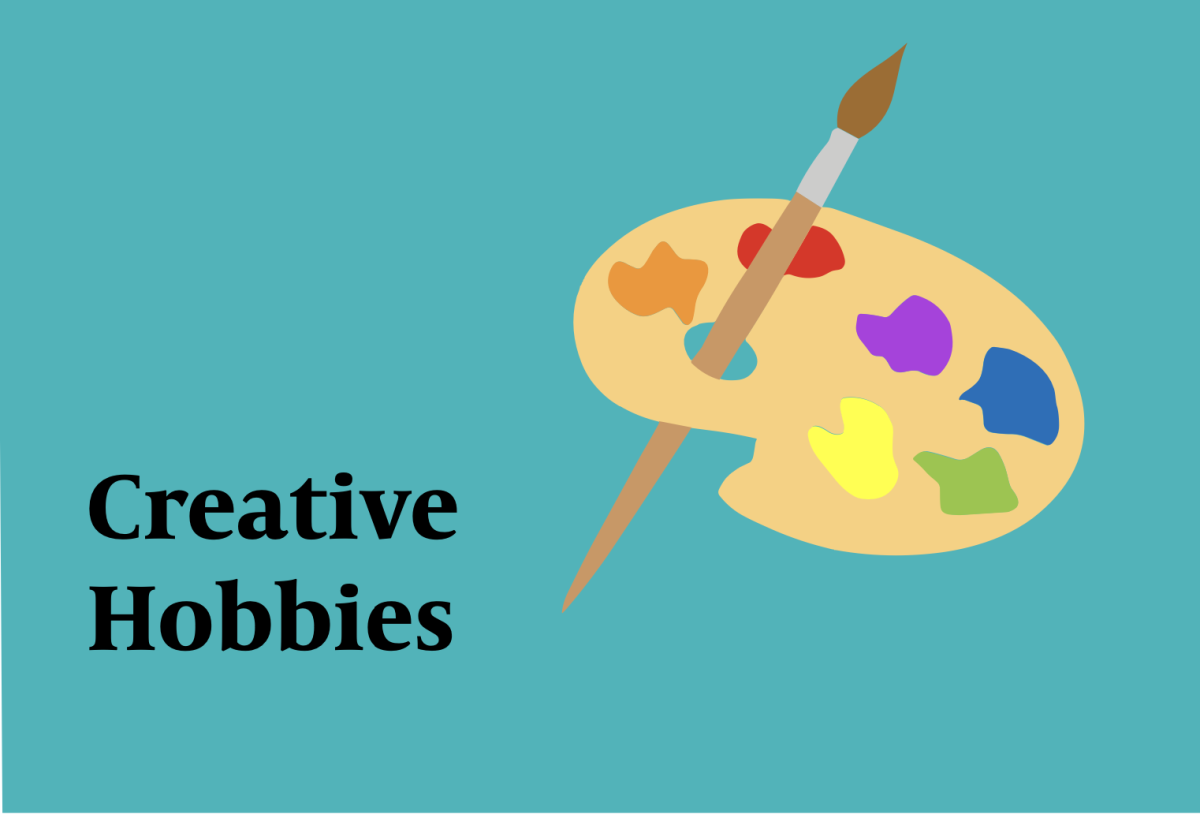
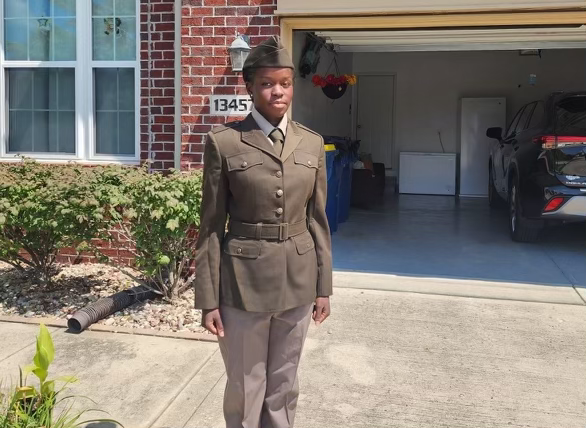

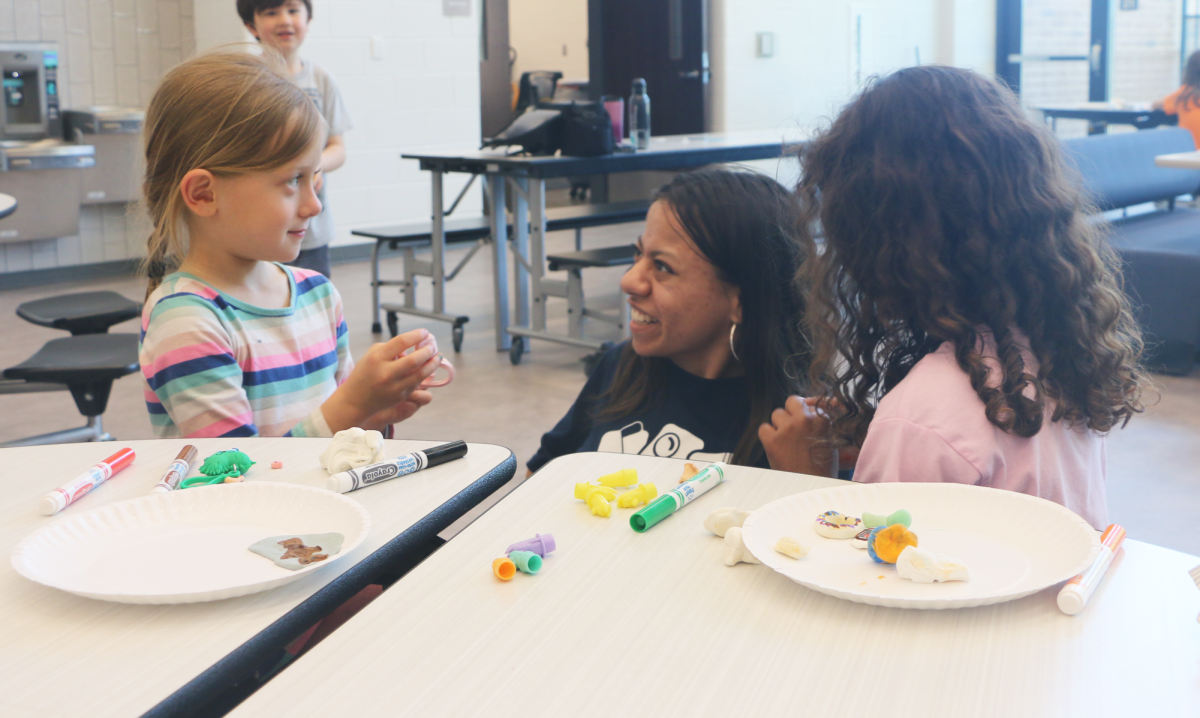







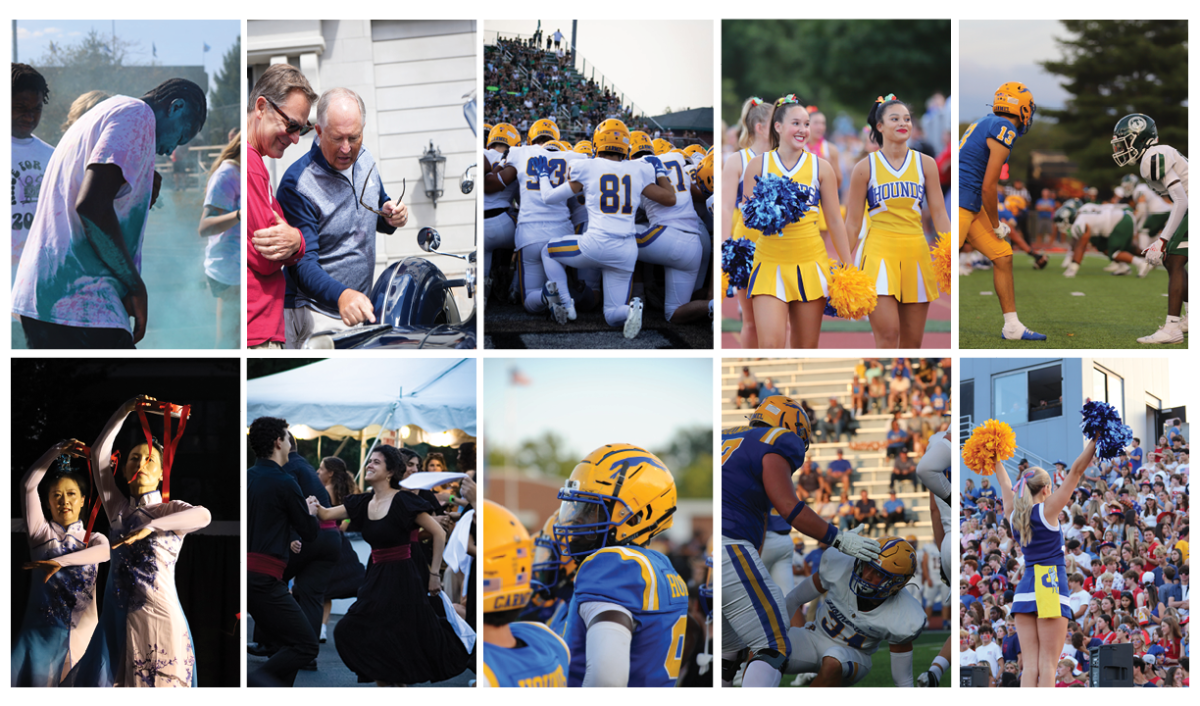
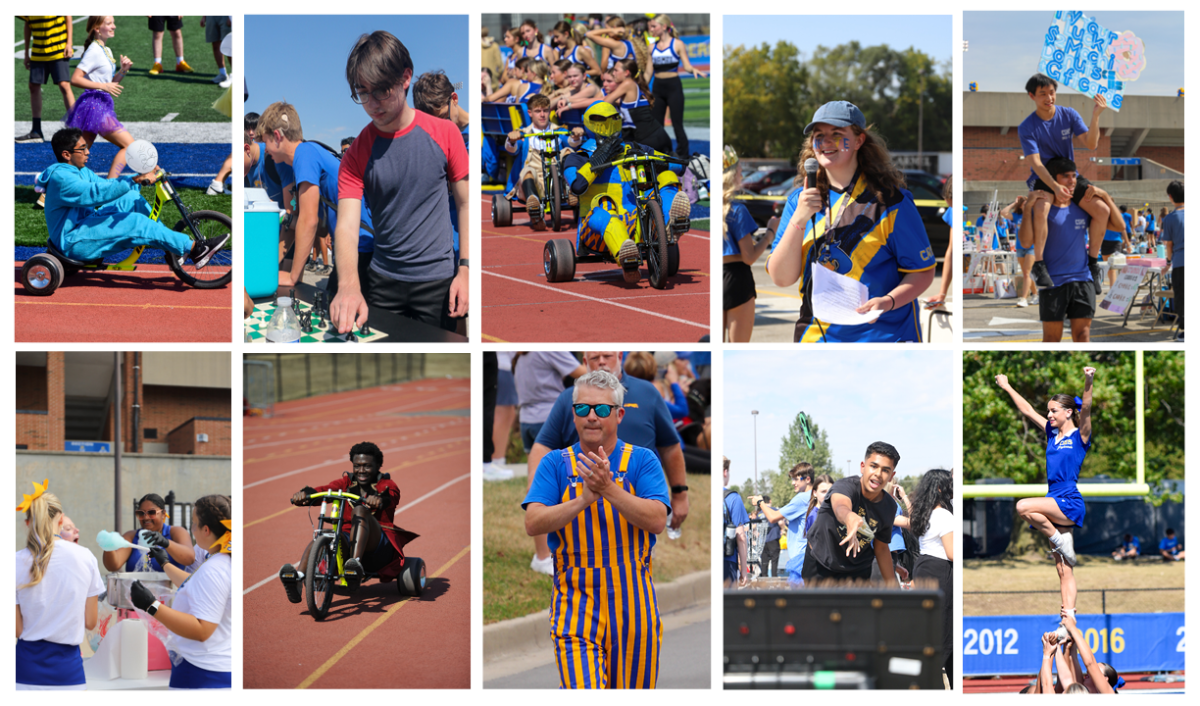
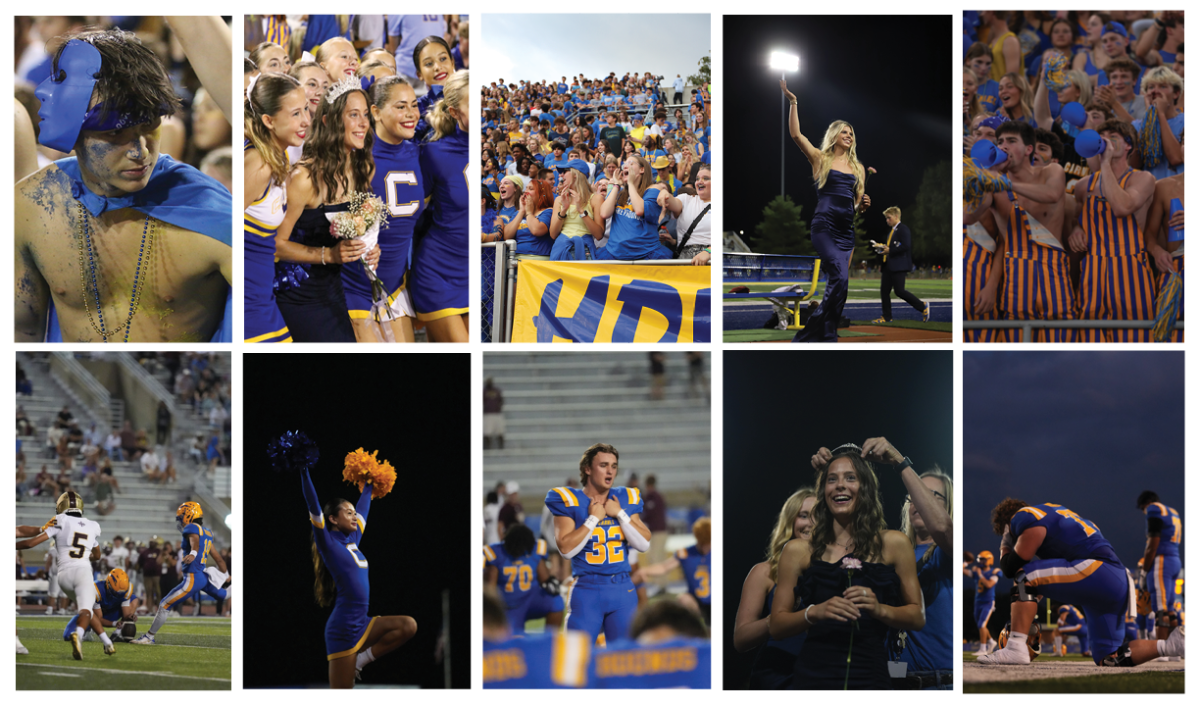


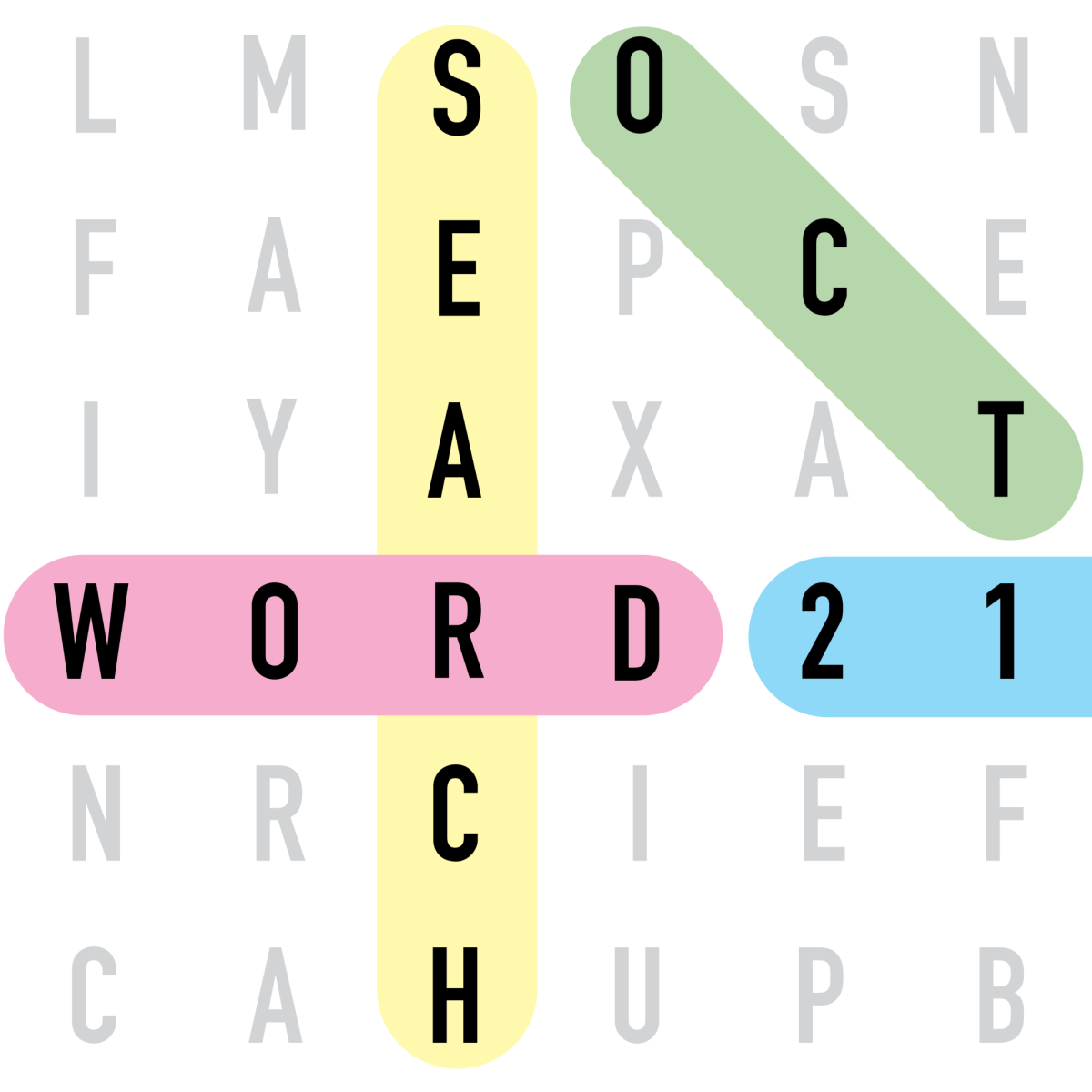
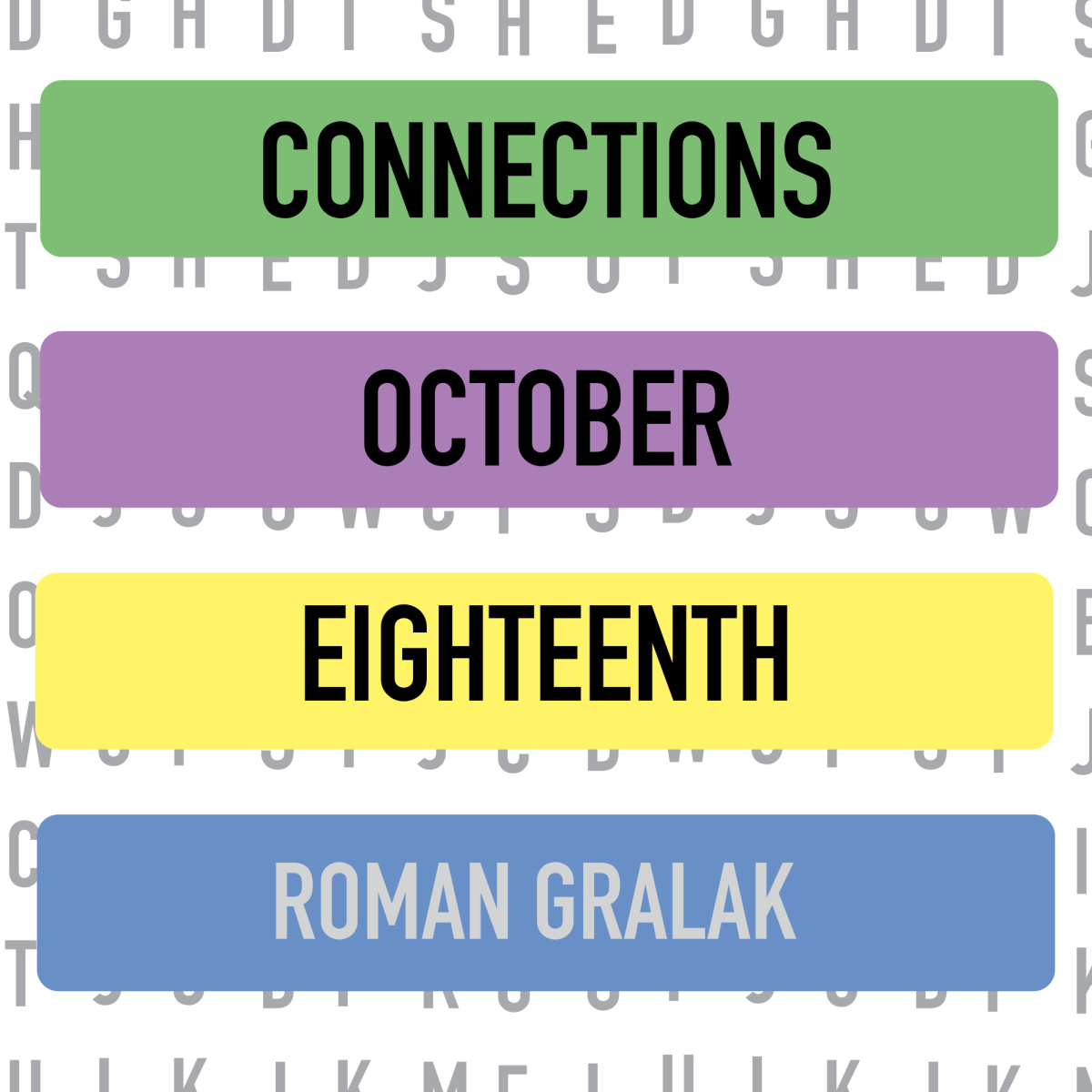


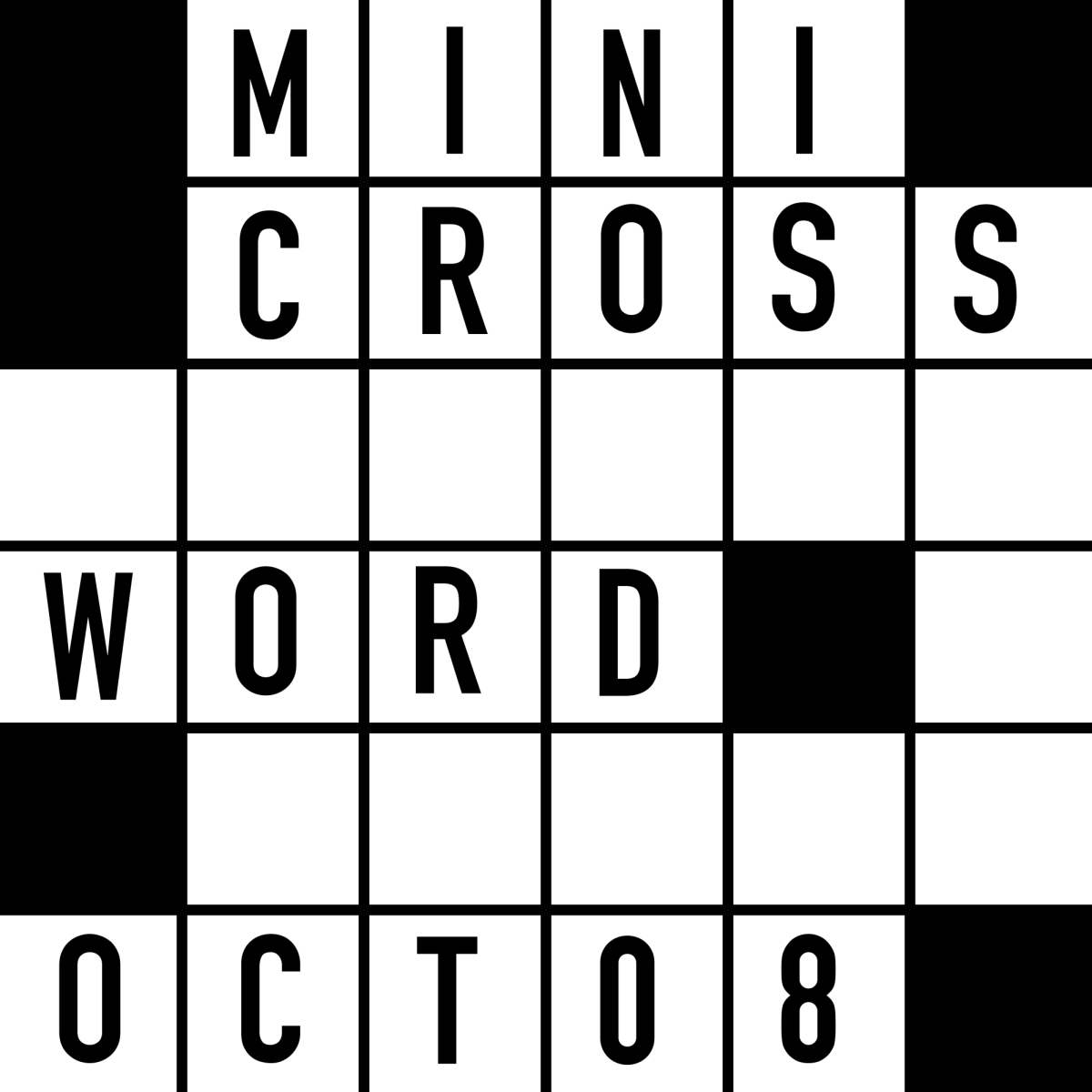
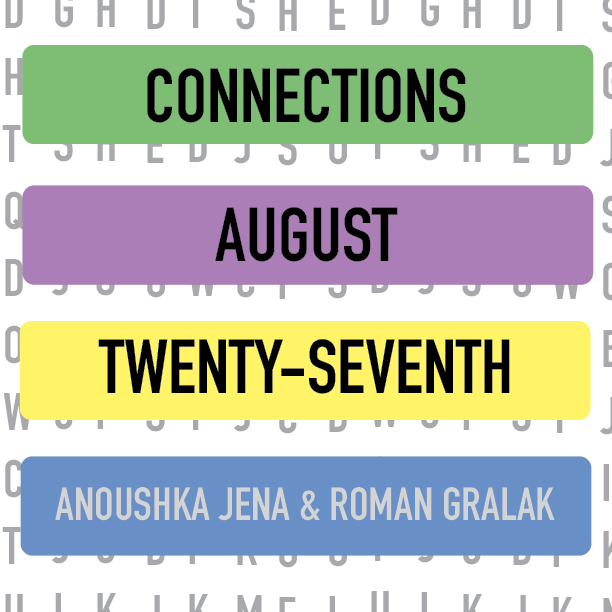
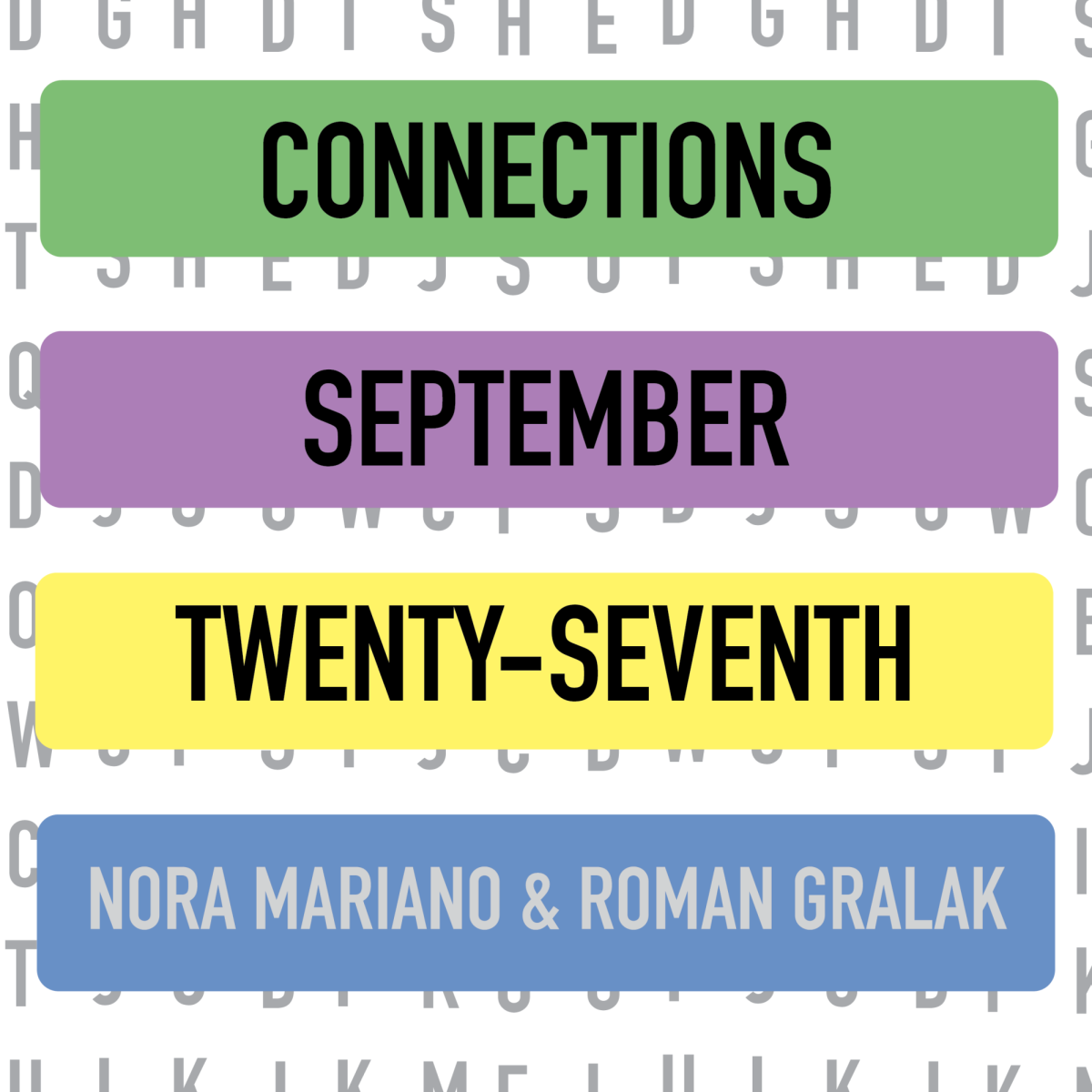

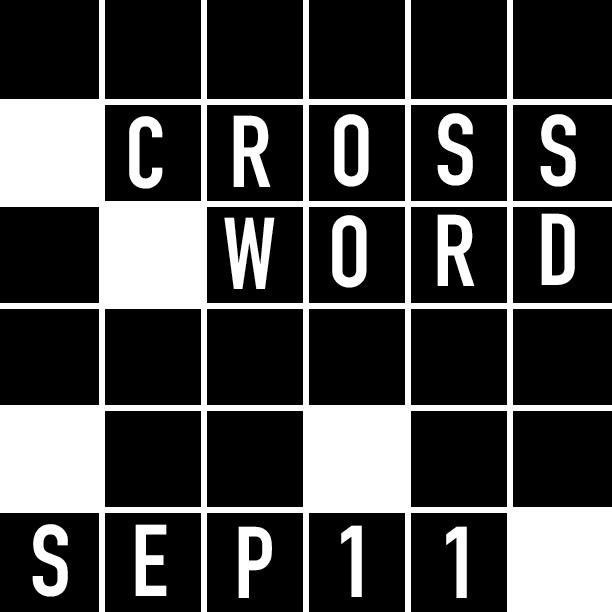
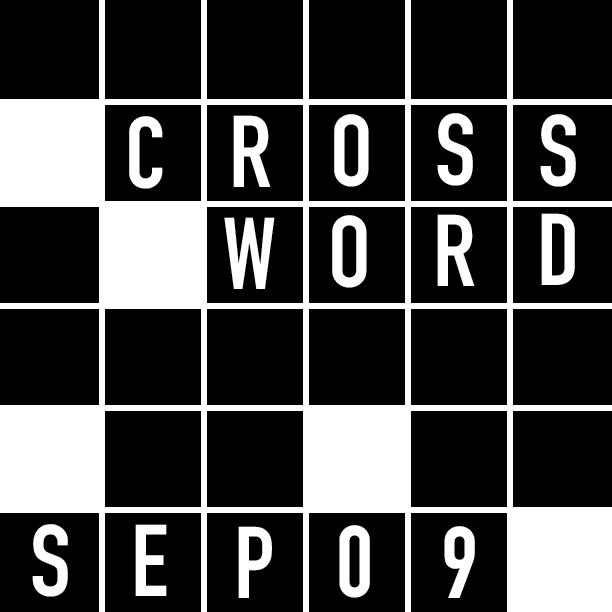
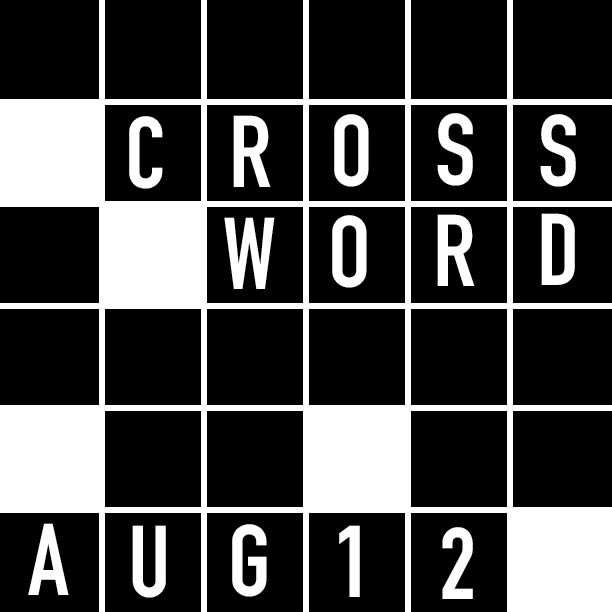


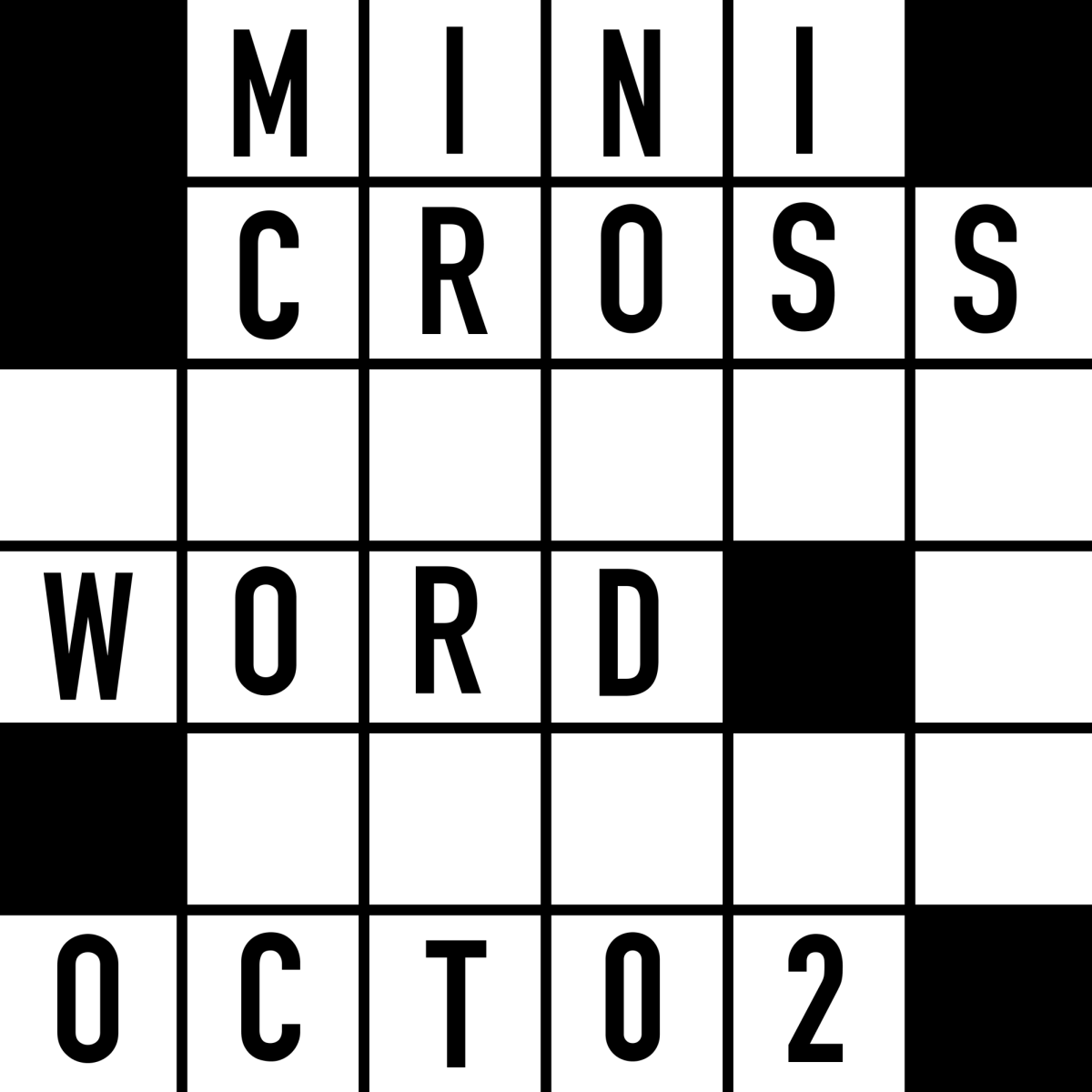
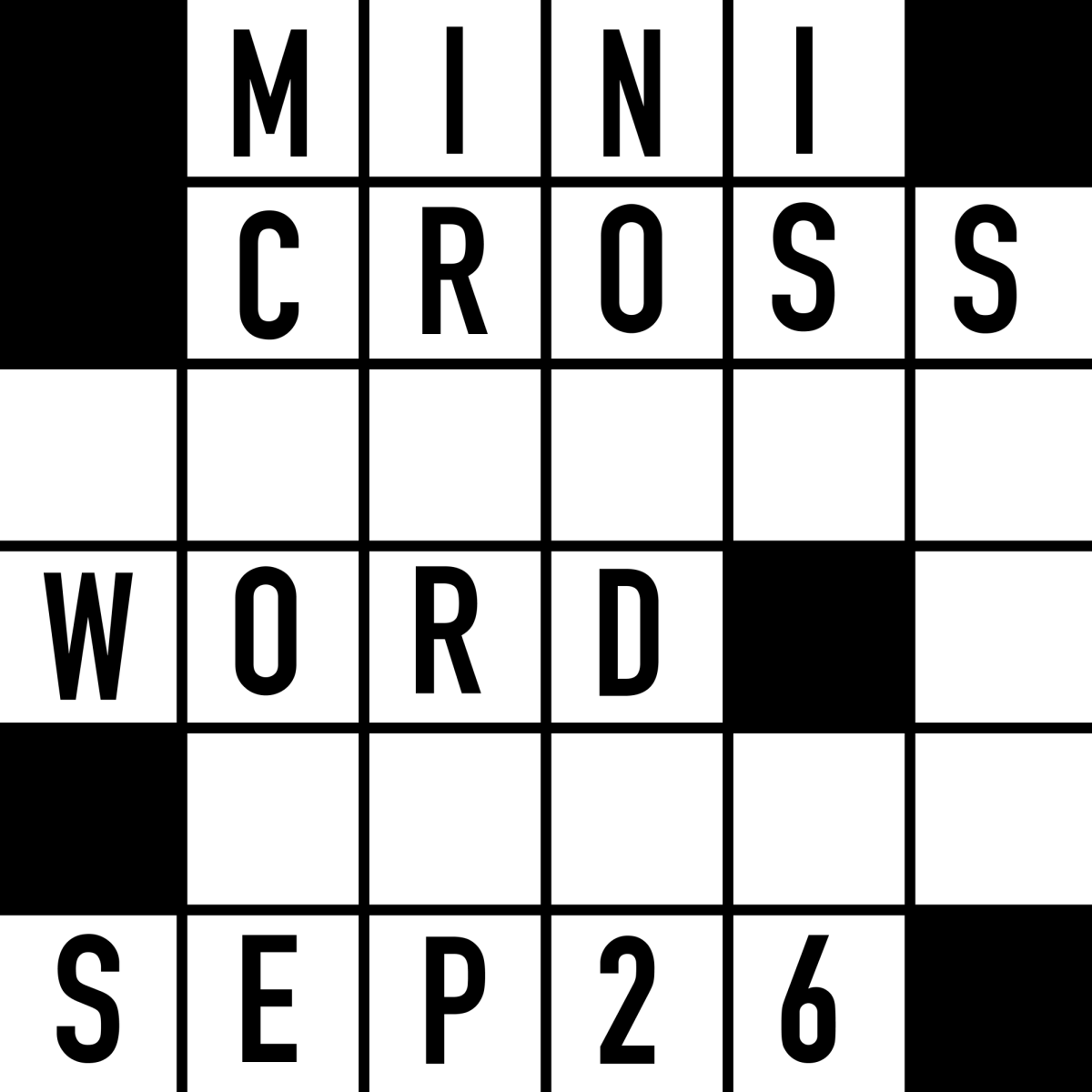

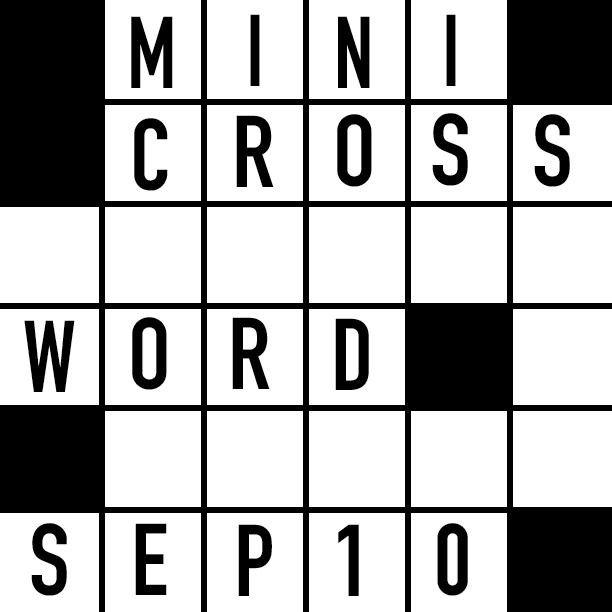

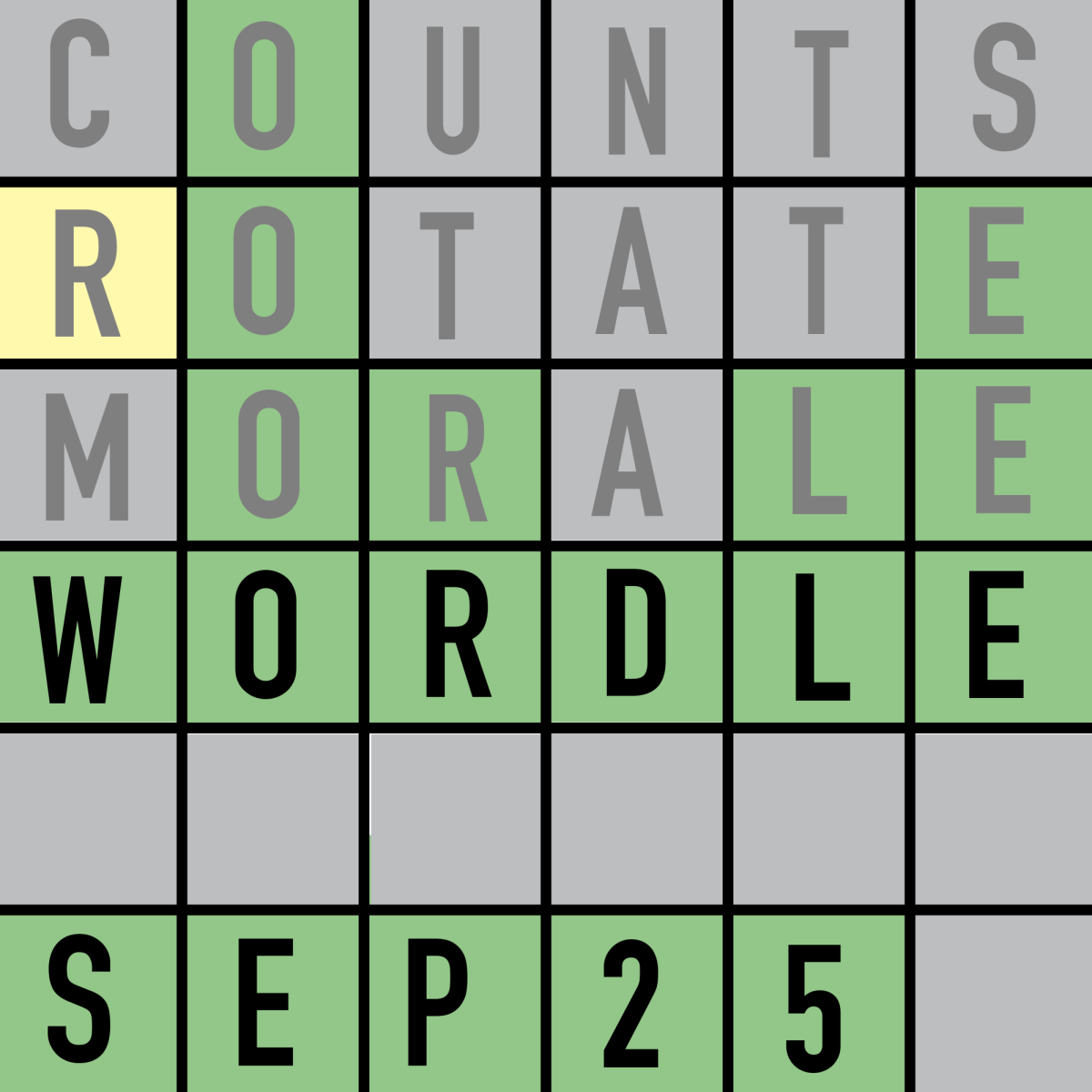

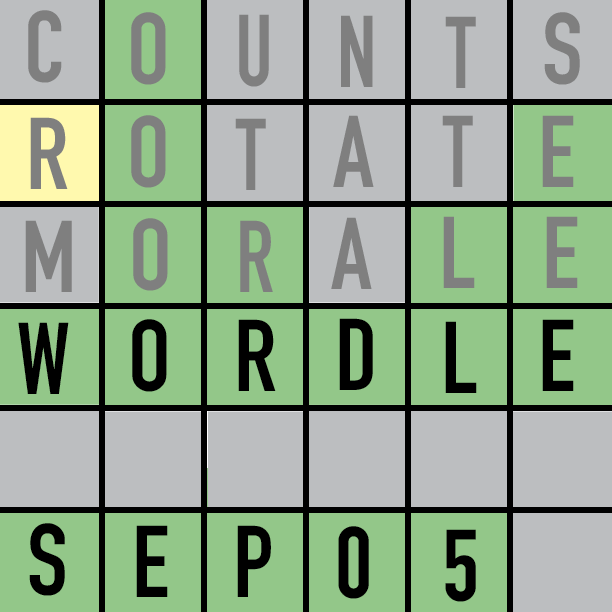
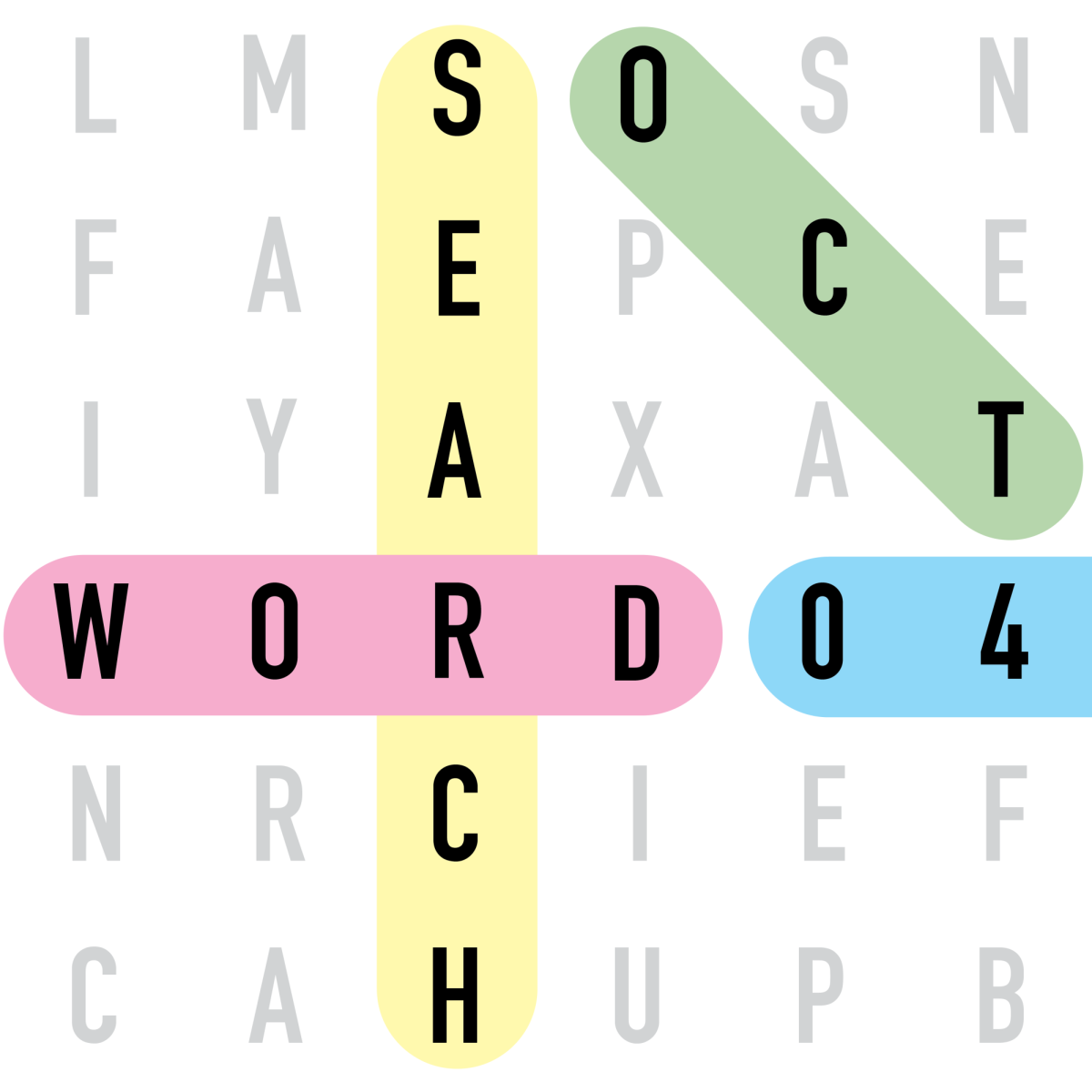

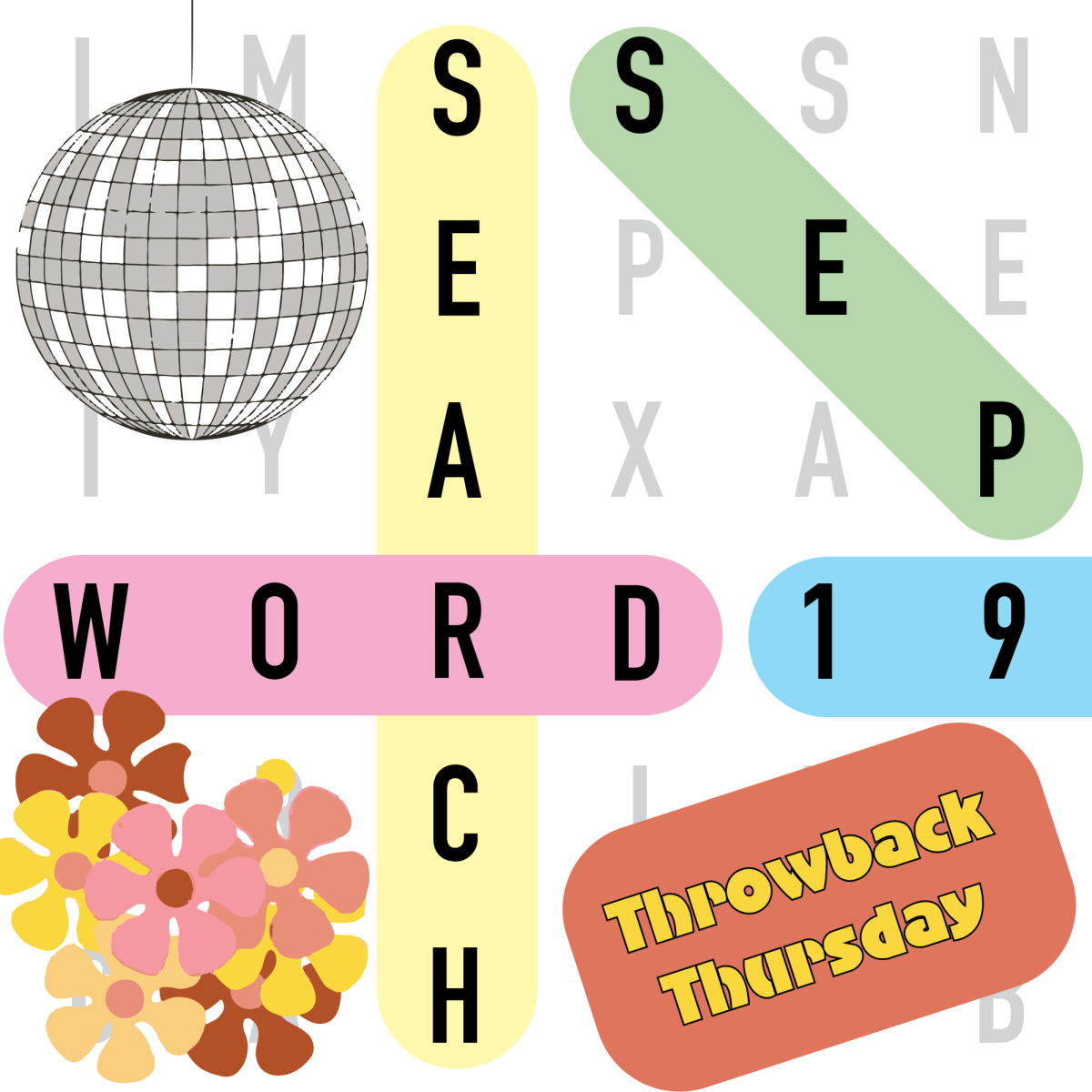
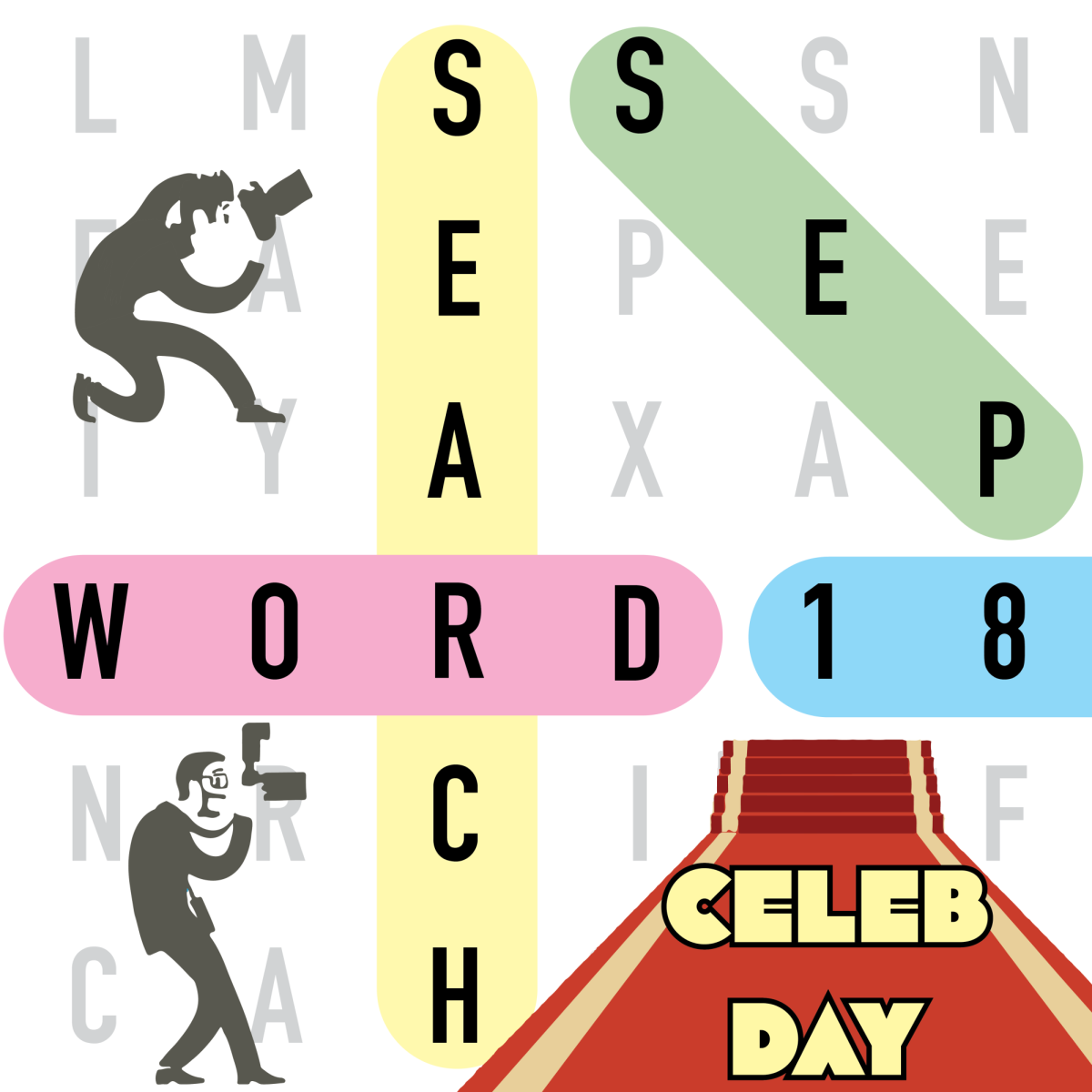
![Review: Judy Moody encourages viewers to make the best out of their summer [MUSE]](https://hilite.org/wp-content/uploads/2024/10/MV5BMjA4NDc0NzI5OV5BMl5BanBnXkFtZTcwMjc0MDA4NA@@._V1_-810x1200.jpg)
![Review: “Zen and the Art of Motorcycle Maintenance” is a breathtaking novel based on a true story [MUSE]](https://hilite.org/wp-content/uploads/2024/10/Screenshot-2024-10-14-at-11.45.50 AM.png)
![Review: Taylor Swift’s new album "The Tortured Poets Department" is not her best work but is still a brilliant album [MUSE]](https://hilite.org/wp-content/uploads/2024/05/The-Anthology_Cover-1200x675.webp)
![Review in Print: Maripaz Villar brings a delightfully unique style to the world of WEBTOON [MUSE]](https://hilite.org/wp-content/uploads/2023/12/maripazcover-1200x960.jpg)
![Review: “The Sword of Kaigen” is a masterpiece [MUSE]](https://hilite.org/wp-content/uploads/2023/11/Screenshot-2023-11-26-201051.png)
![Review: Gateron Oil Kings, great linear switches, okay price [MUSE]](https://hilite.org/wp-content/uploads/2023/11/Screenshot-2023-11-26-200553.png)
![Review: “A Haunting in Venice” is a significant improvement from other Agatha Christie adaptations [MUSE]](https://hilite.org/wp-content/uploads/2023/11/e7ee2938a6d422669771bce6d8088521.jpg)
![Review: A Thanksgiving story from elementary school, still just as interesting [MUSE]](https://hilite.org/wp-content/uploads/2023/11/Screenshot-2023-11-26-195514-987x1200.png)
![Review: "When I Fly Towards You", cute, uplifting youth drama [MUSE]](https://hilite.org/wp-content/uploads/2023/09/When-I-Fly-Towards-You-Chinese-drama.png)
![Postcards from Muse: Hawaii Travel Diary [MUSE]](https://hilite.org/wp-content/uploads/2023/09/My-project-1-1200x1200.jpg)
![Review: "Ladybug & Cat Noir: The Movie," departure from original show [MUSE]](https://hilite.org/wp-content/uploads/2023/09/Ladybug__Cat_Noir_-_The_Movie_poster.jpg)
![Review in Print: "Hidden Love" is the cute, uplifting drama everyone needs [MUSE]](https://hilite.org/wp-content/uploads/2023/09/hiddenlovecover-e1693597208225-1030x1200.png)
![Review in Print: "Heartstopper" is the heartwarming queer romance we all need [MUSE]](https://hilite.org/wp-content/uploads/2023/08/museheartstoppercover-1200x654.png)

